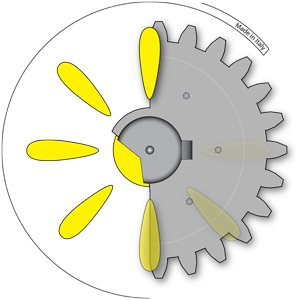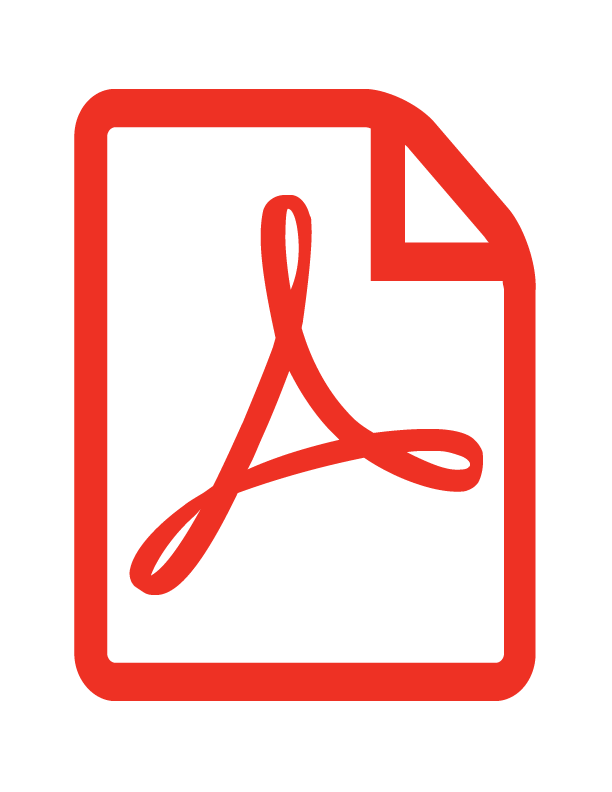 Download of all our available used machinery
Download of all our available used machinery
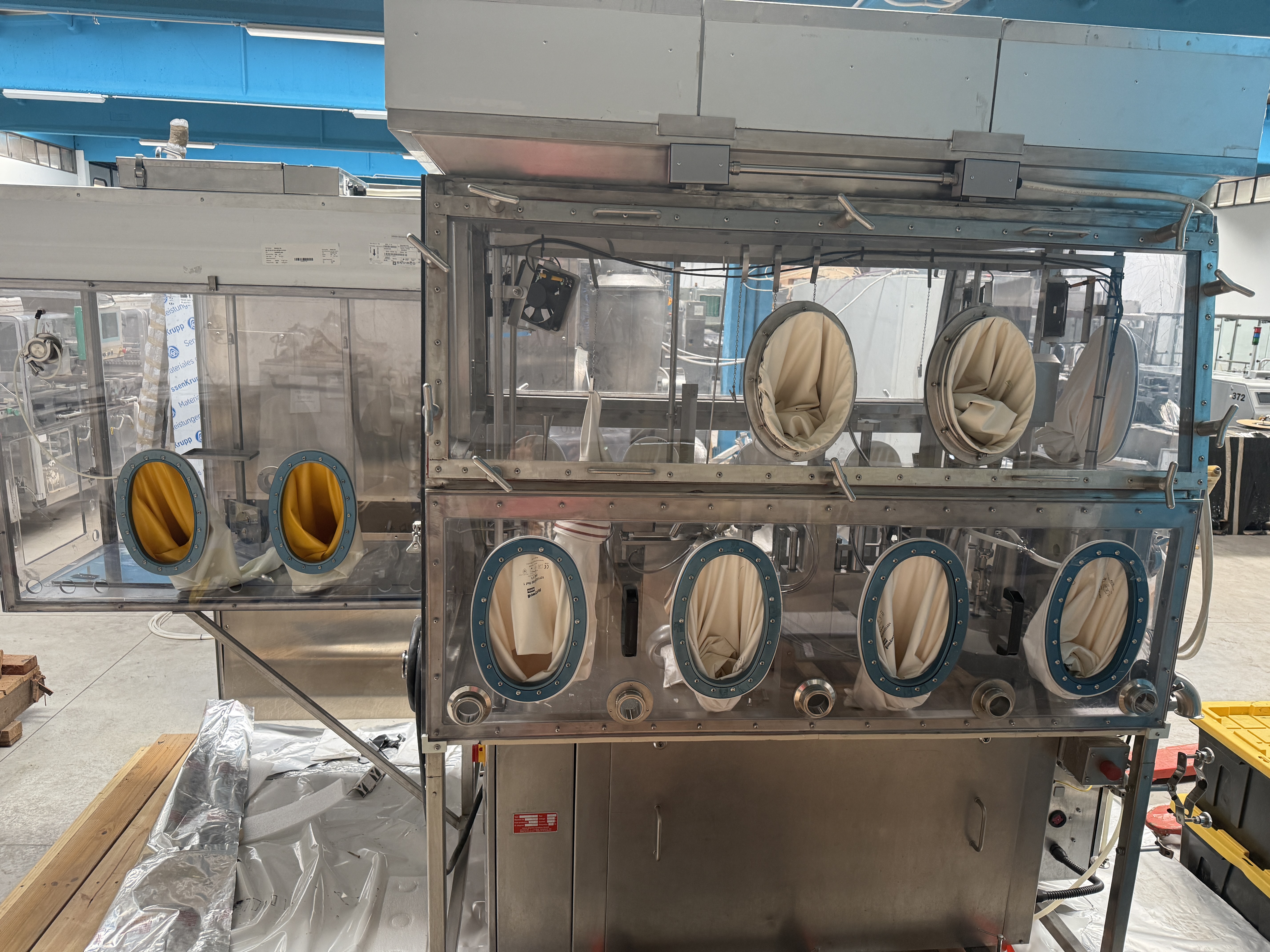
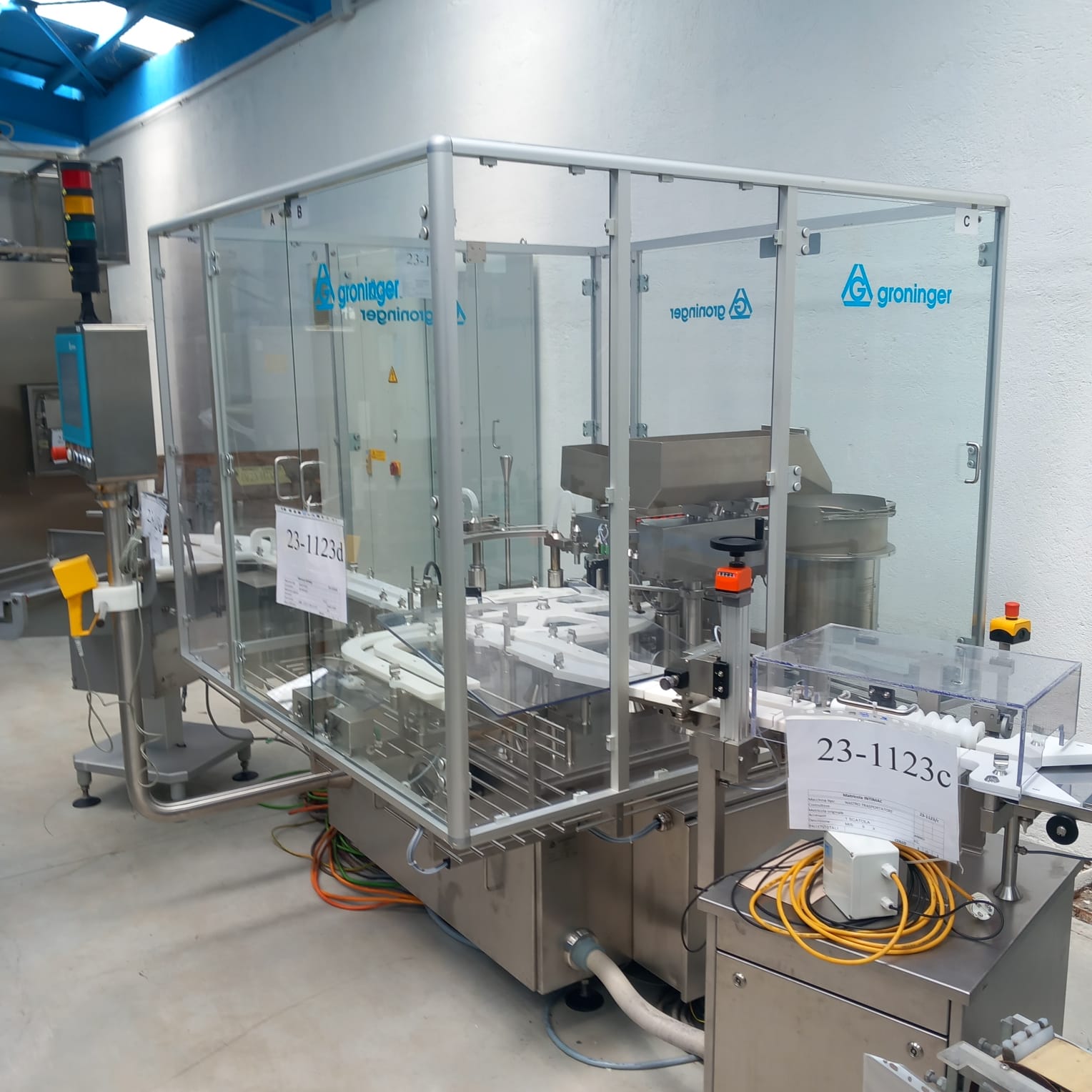
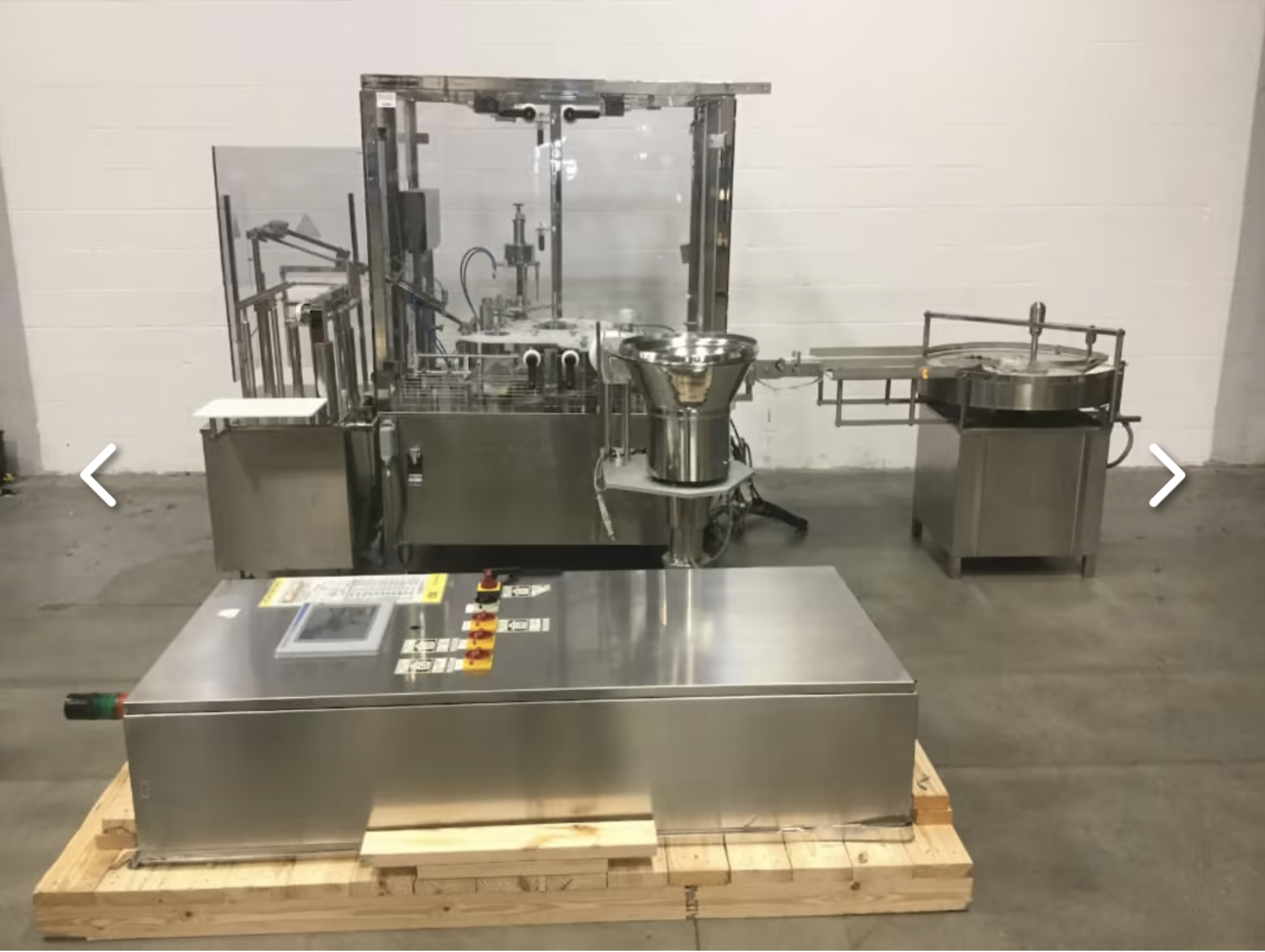
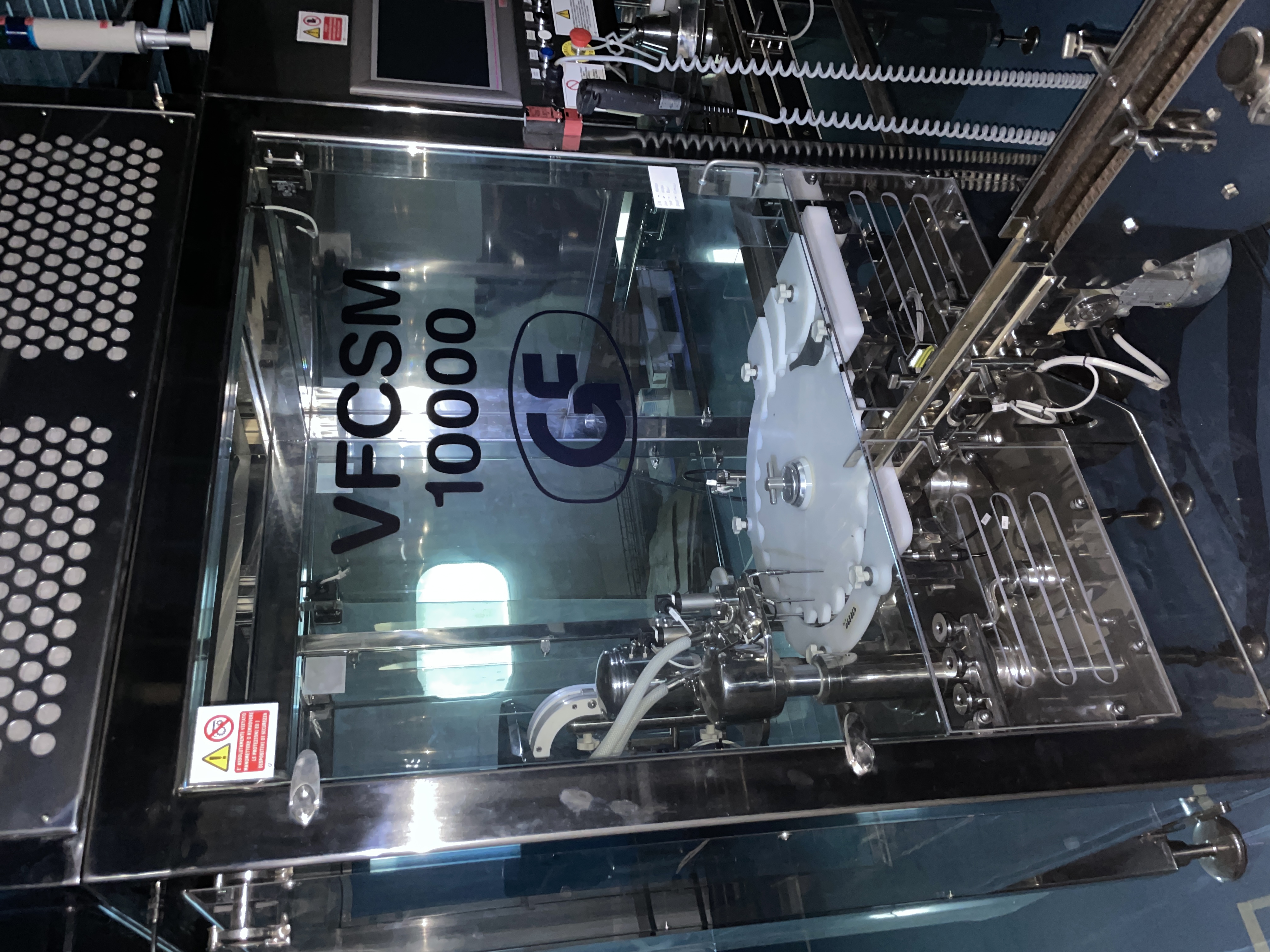
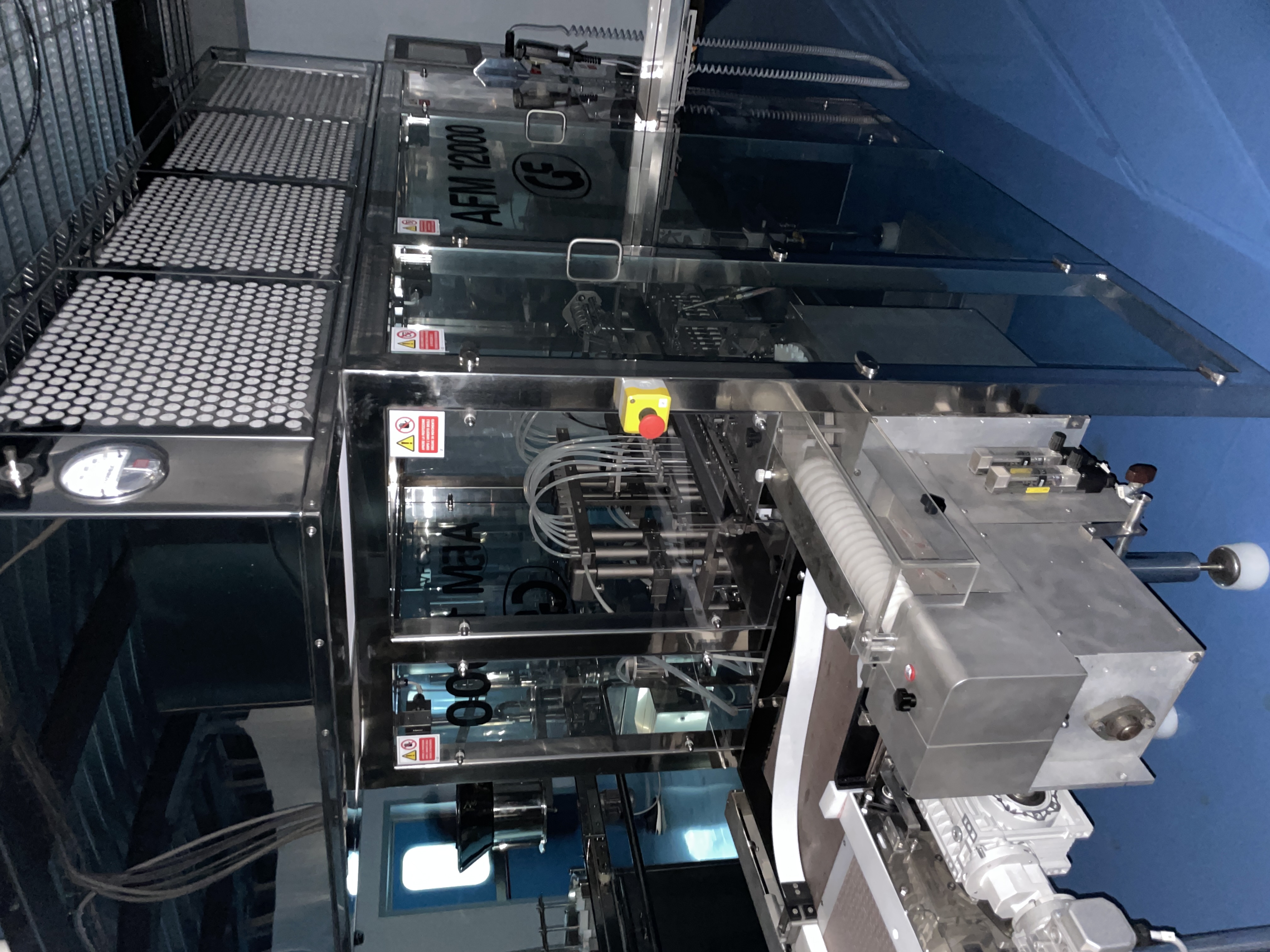
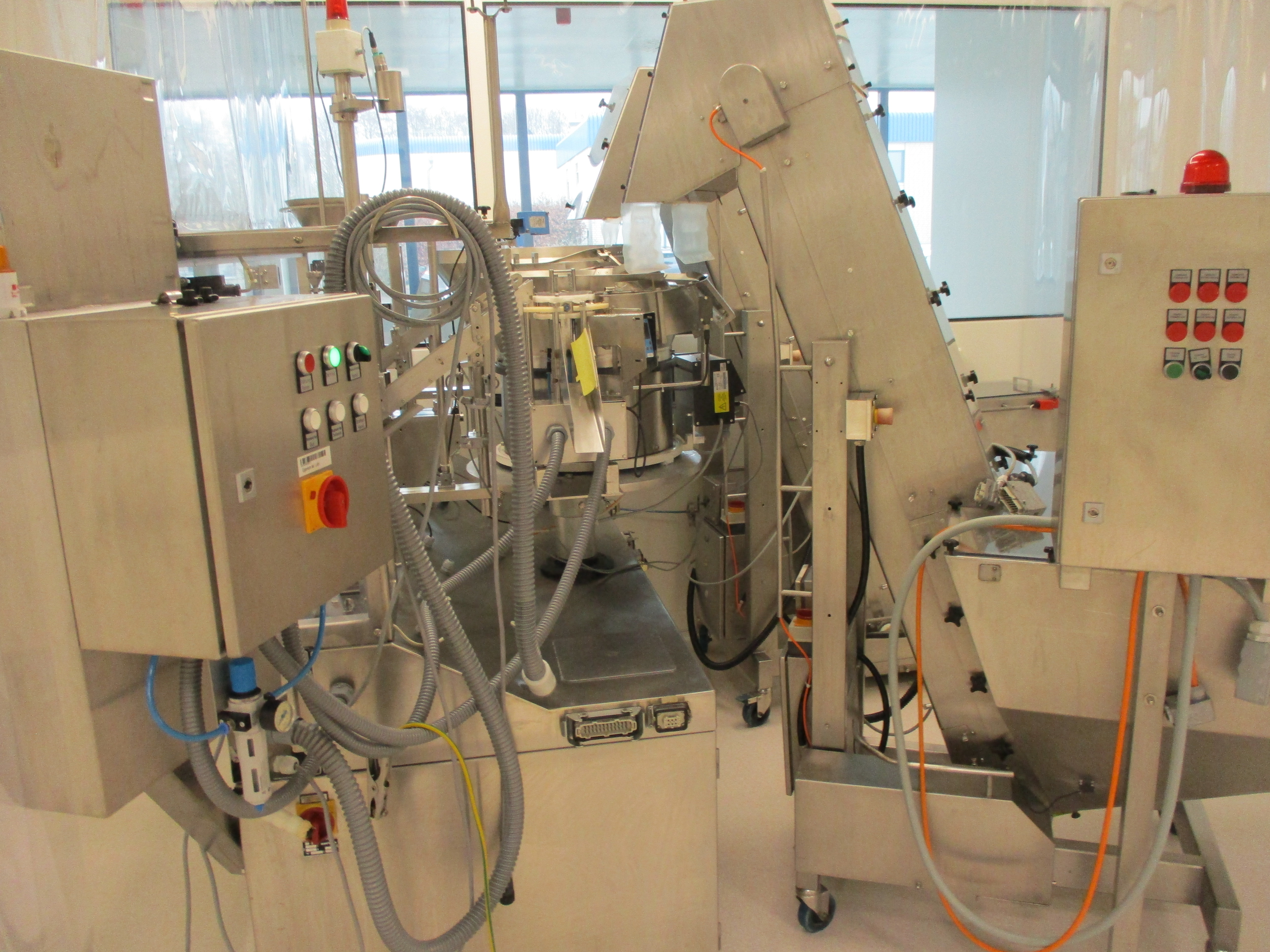
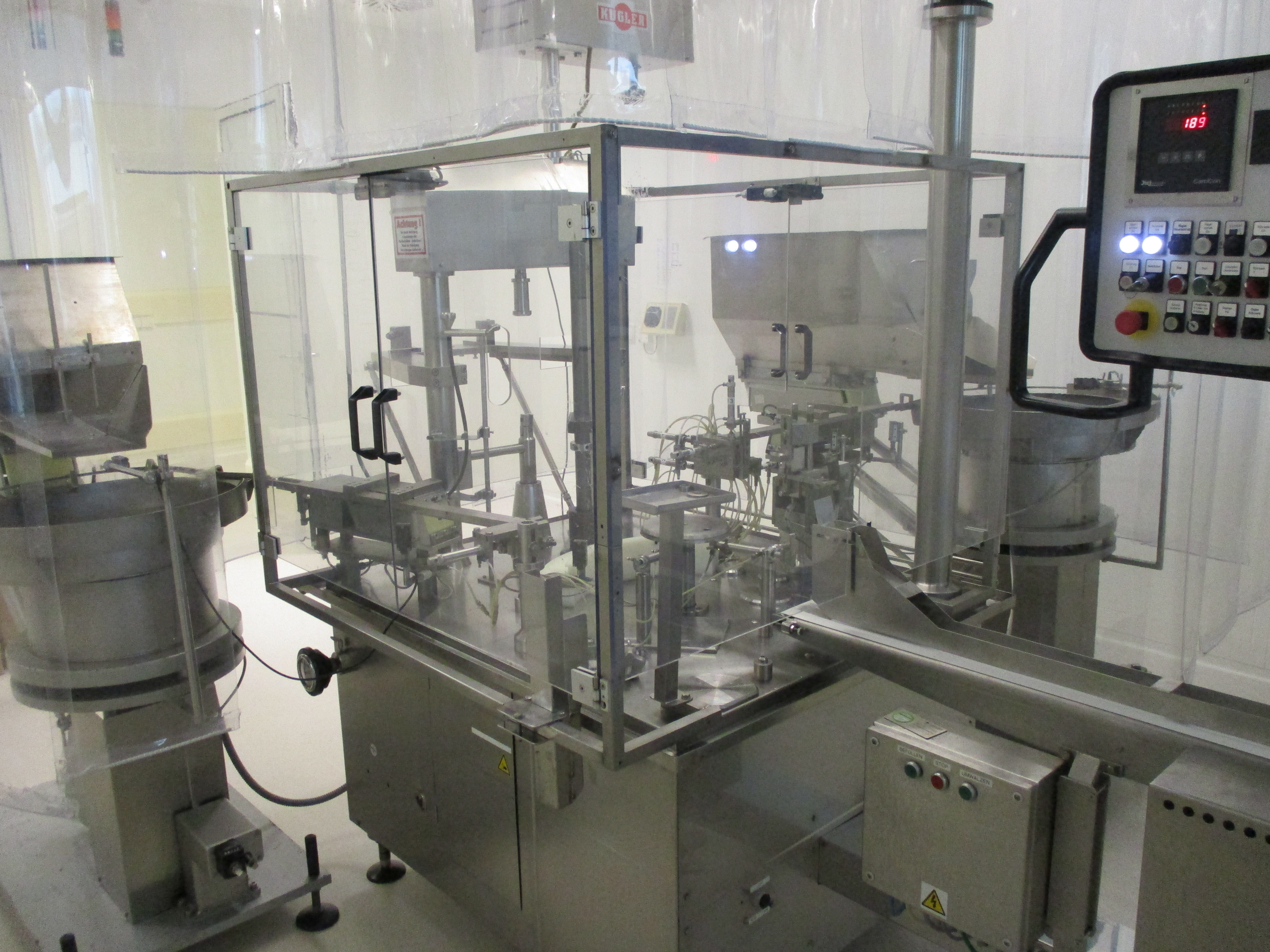
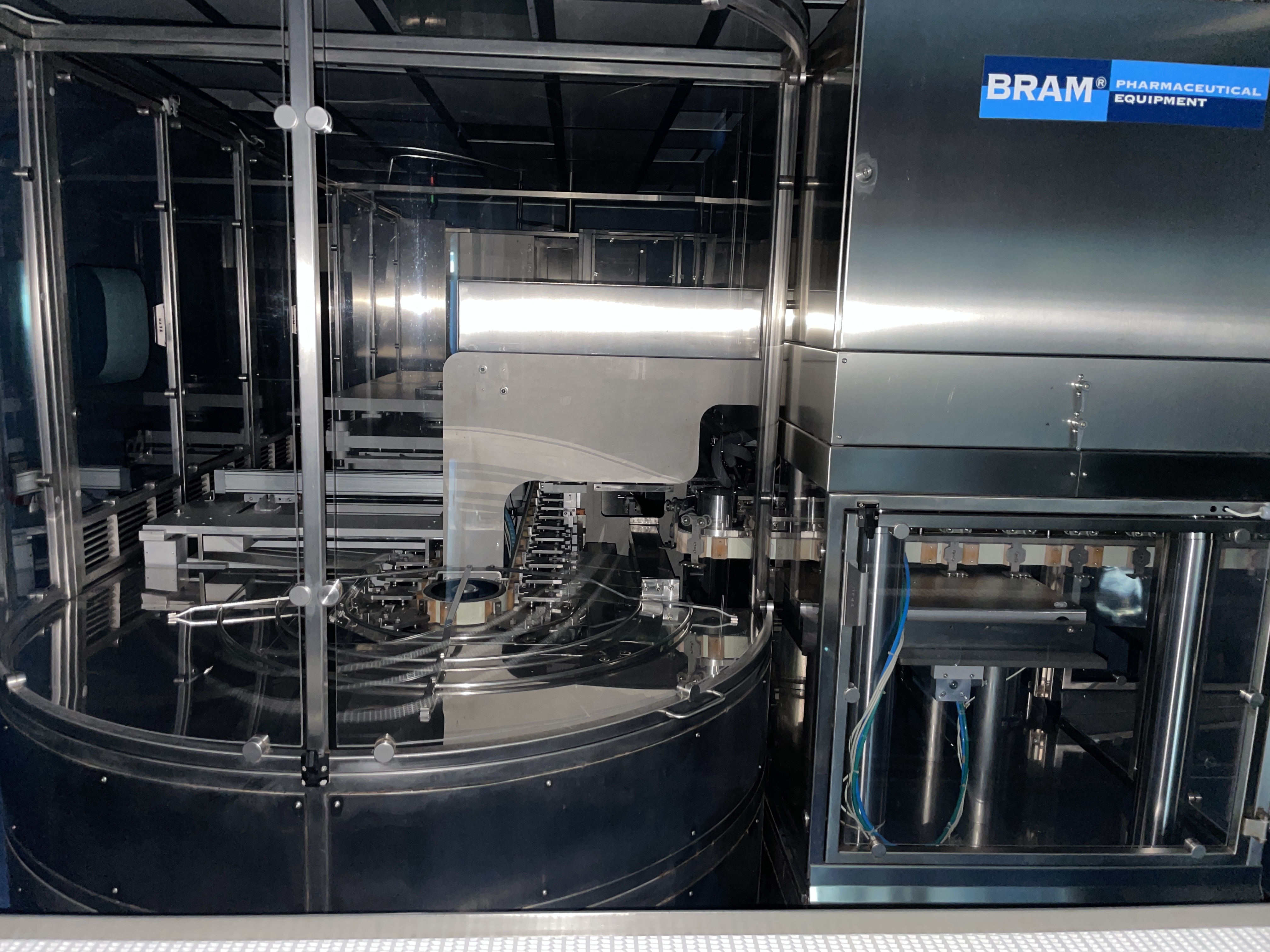
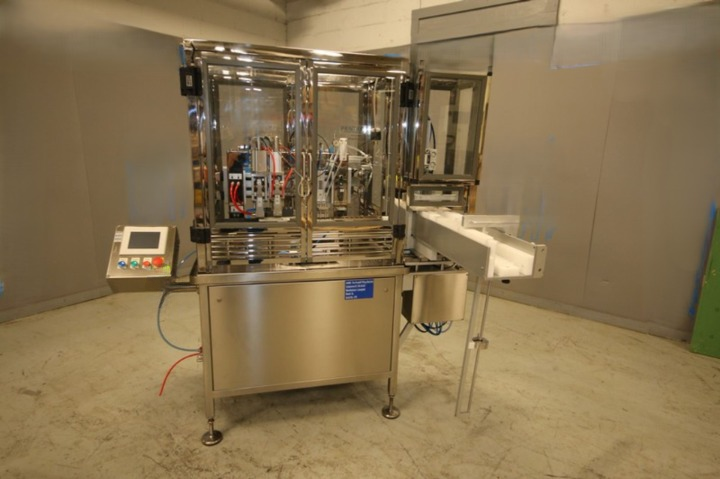
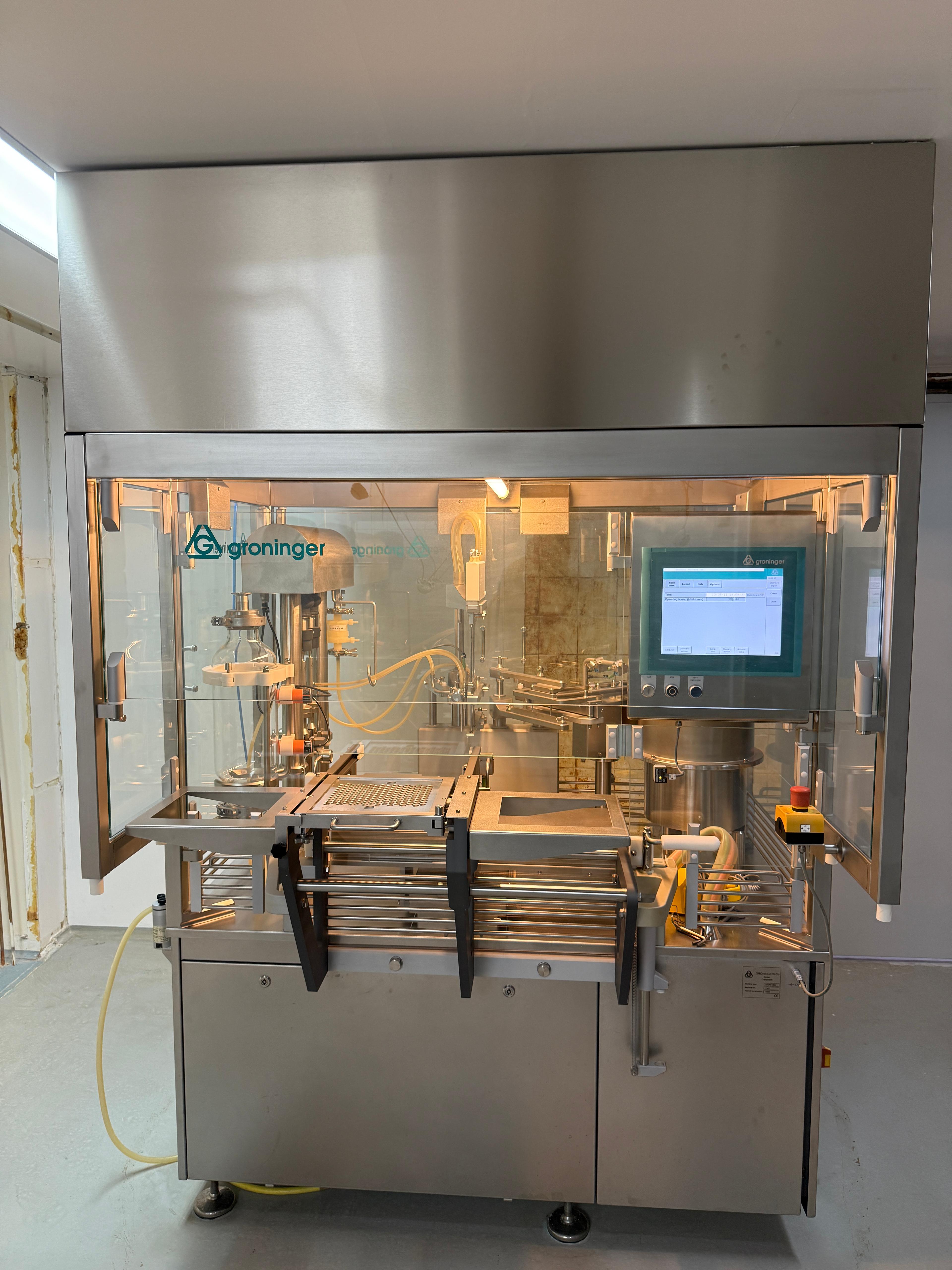
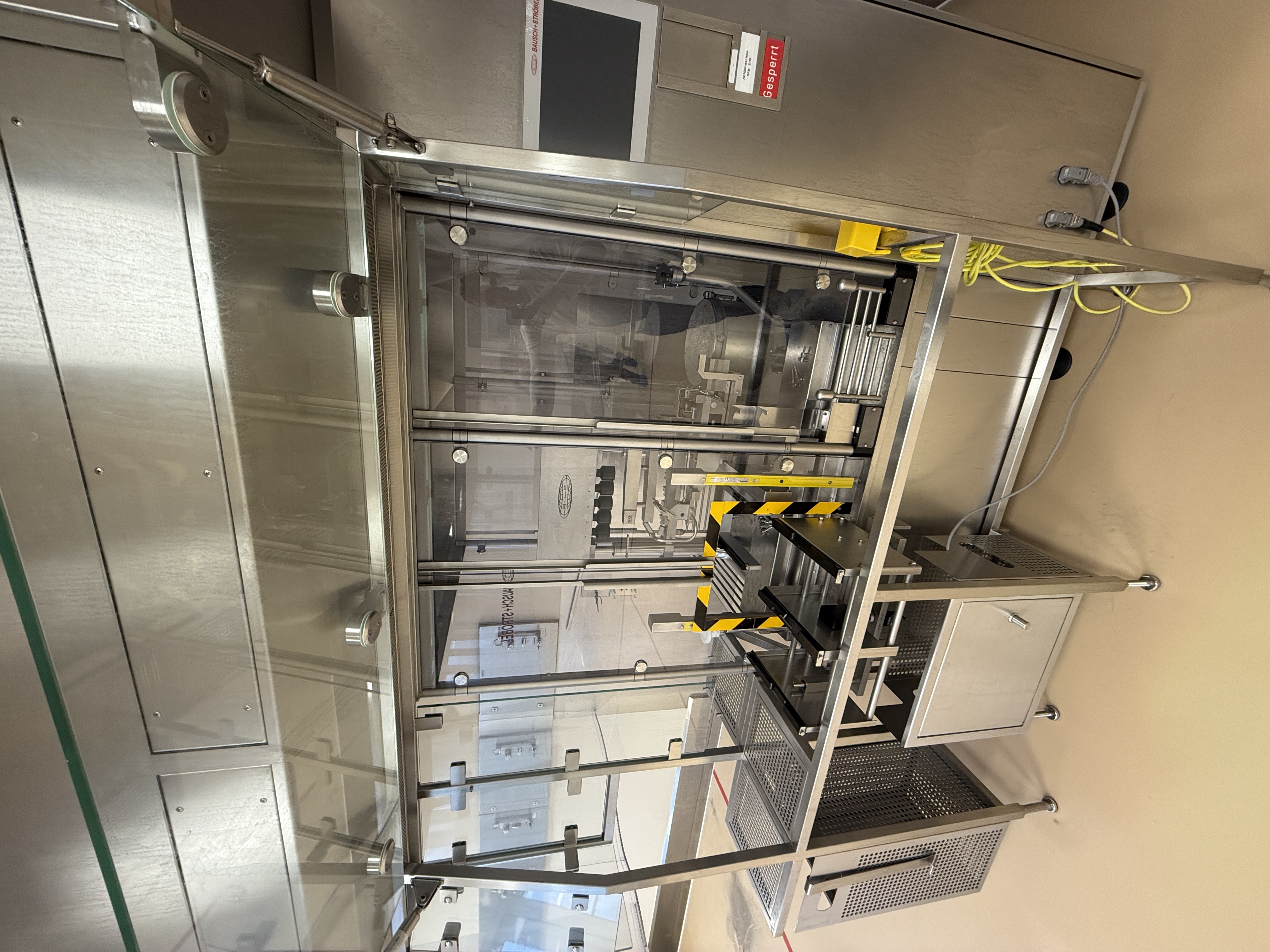
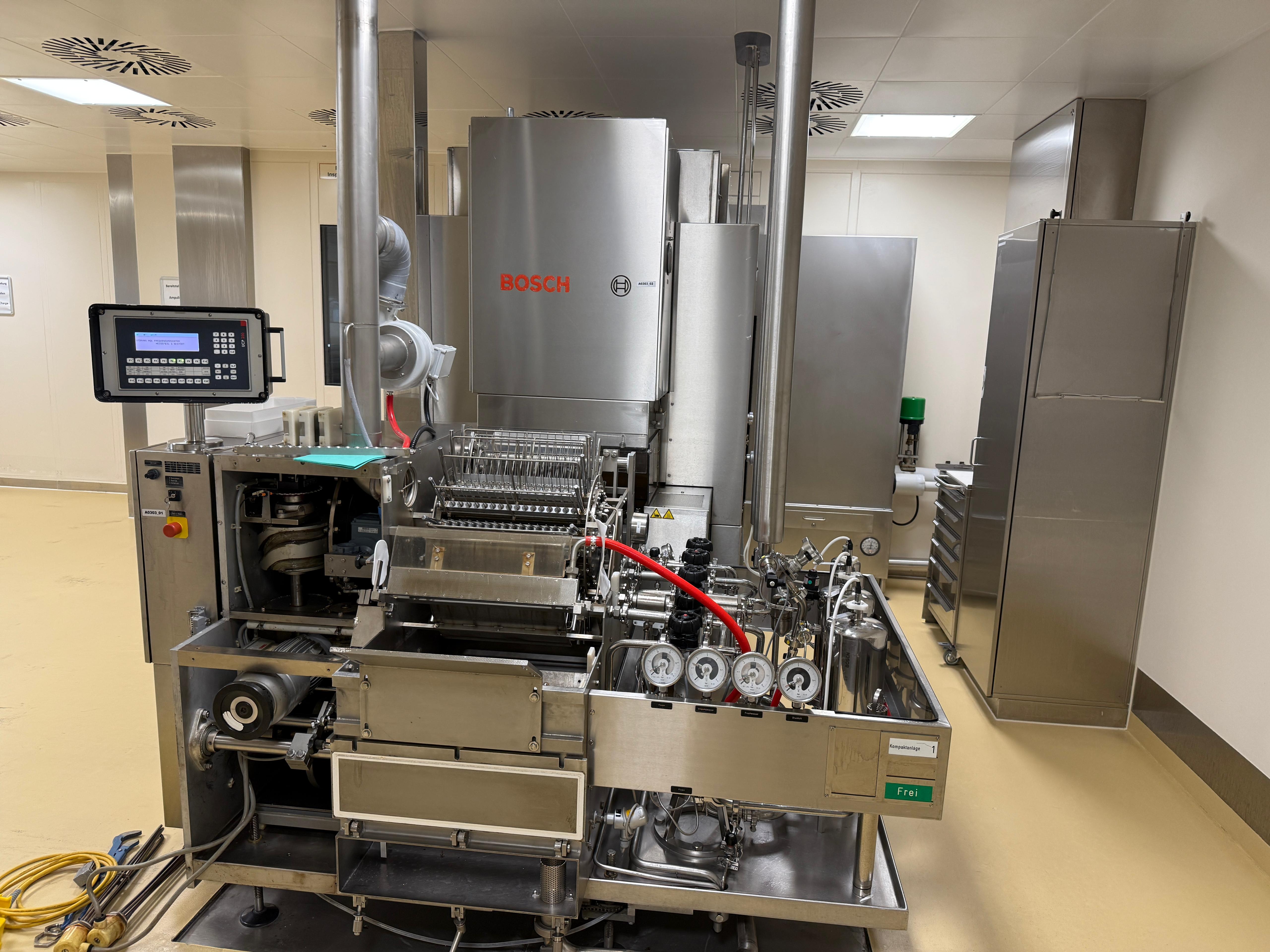
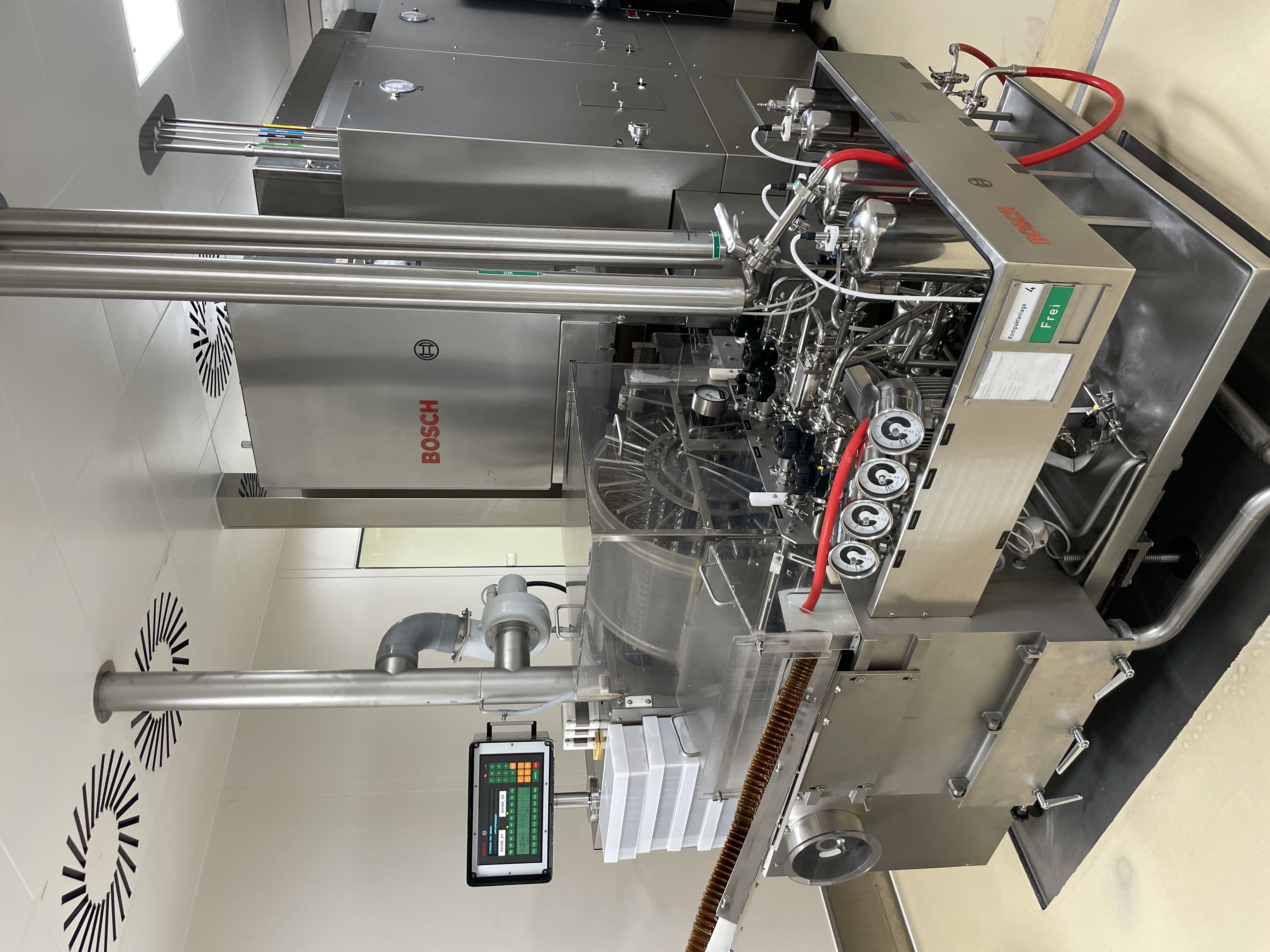
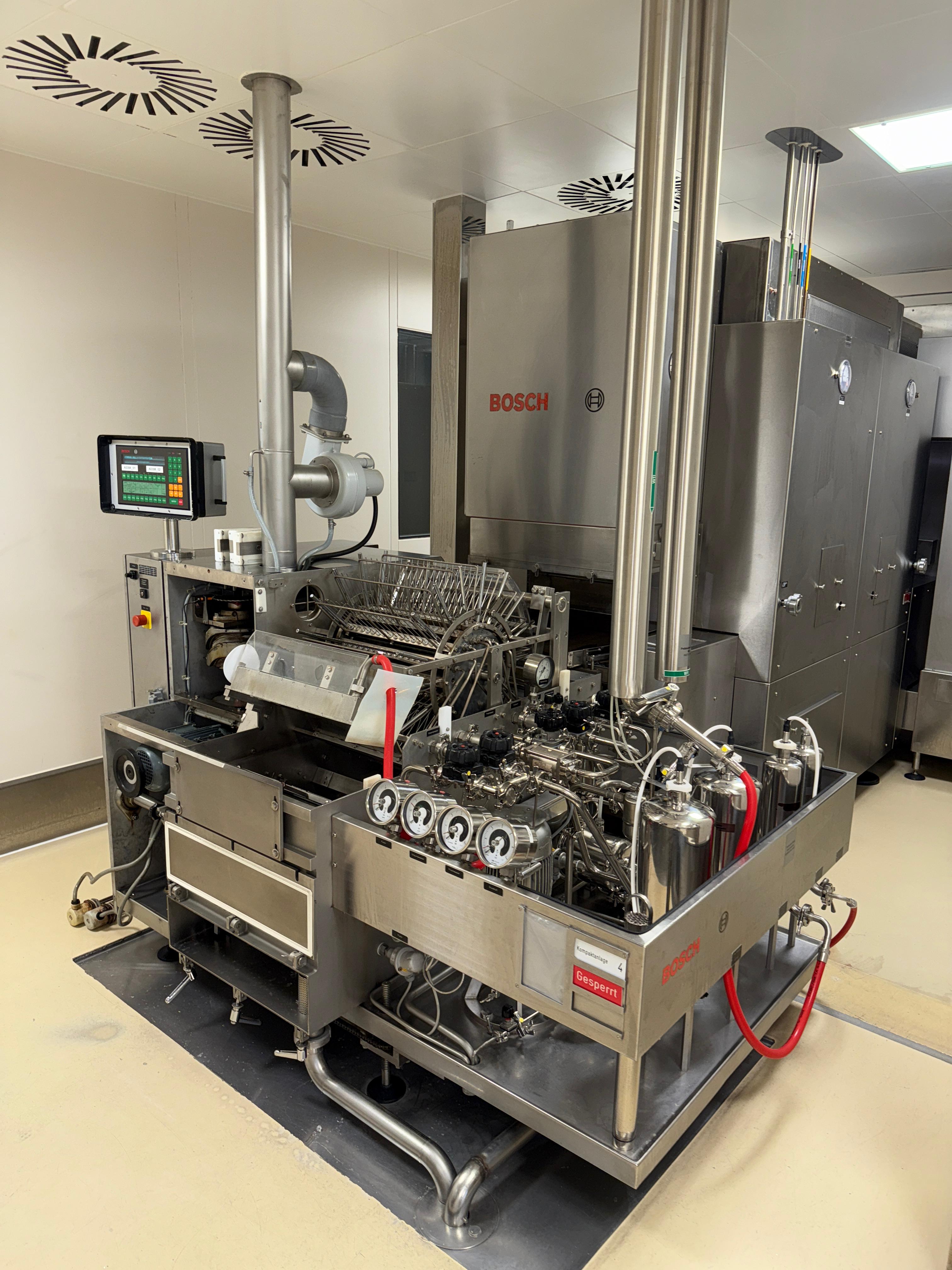
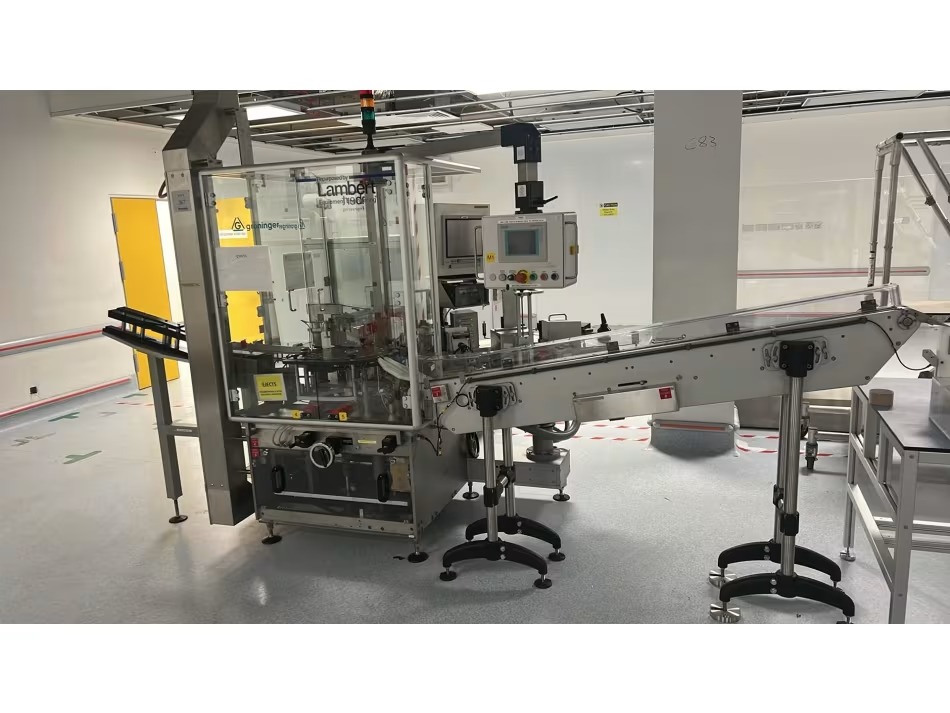
Via XXV Aprile, 8
21054 Fagnano Olona (VA)
Italia
Tel. +39 0331 1693557
email:

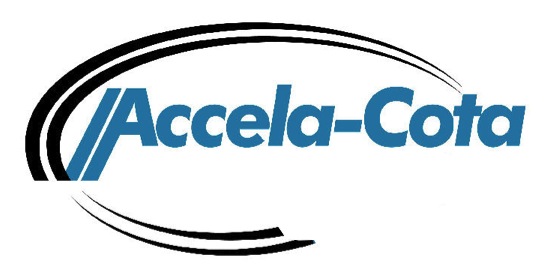



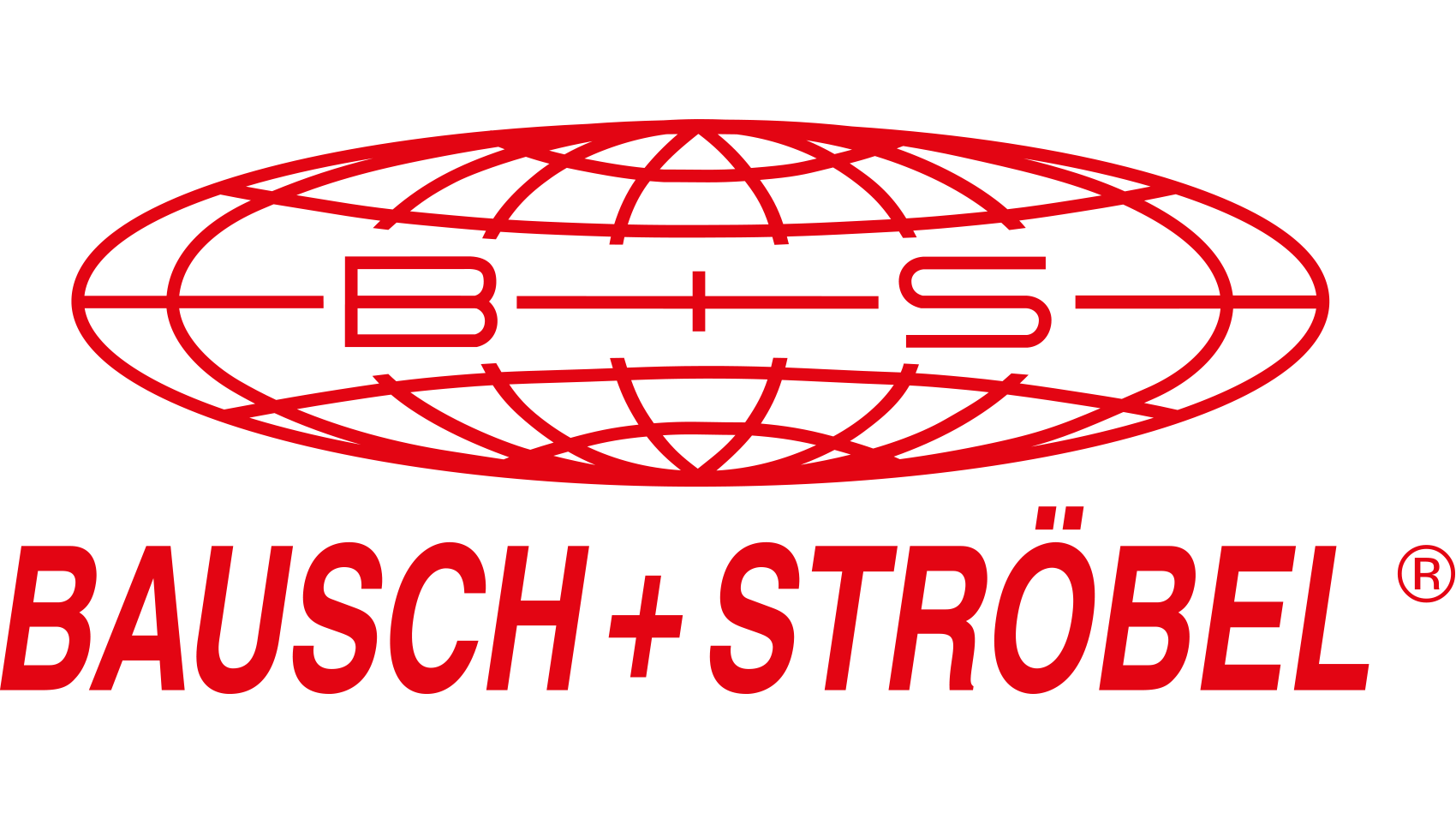



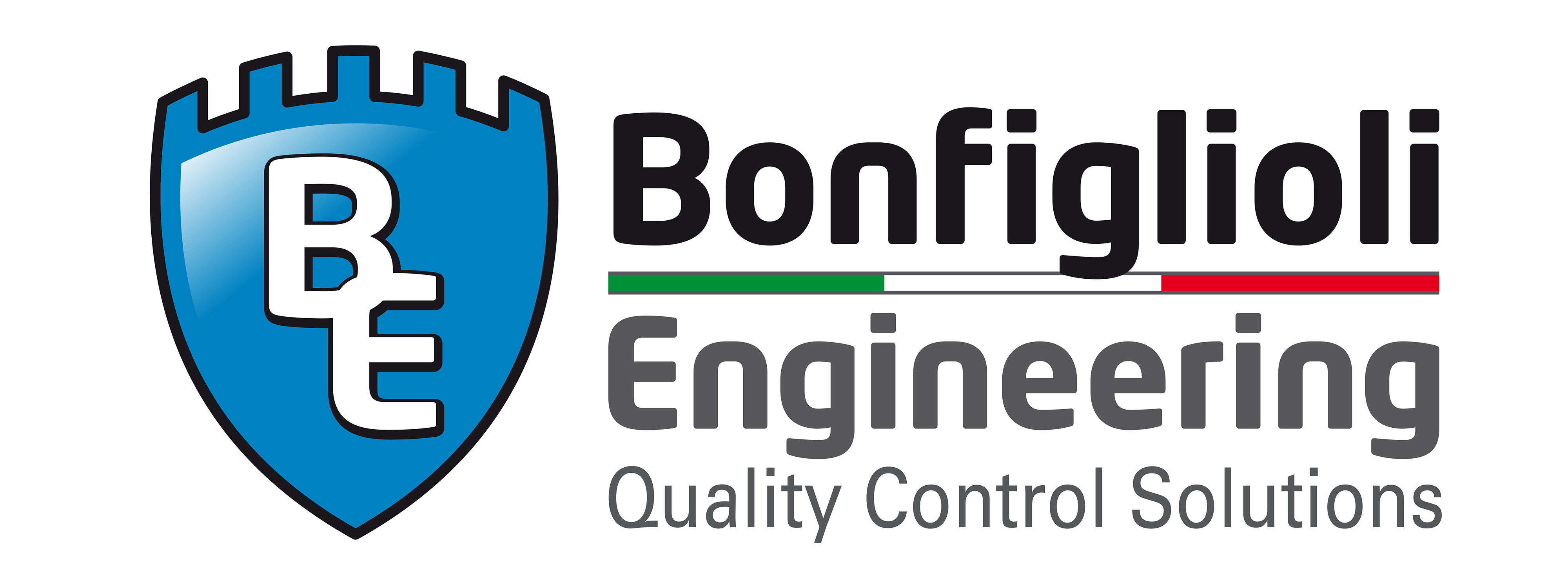

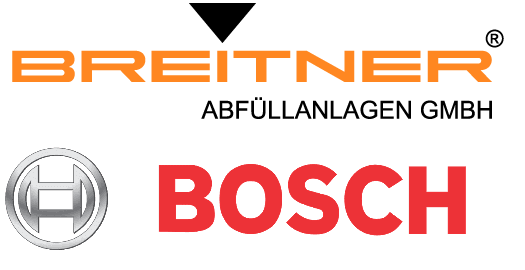
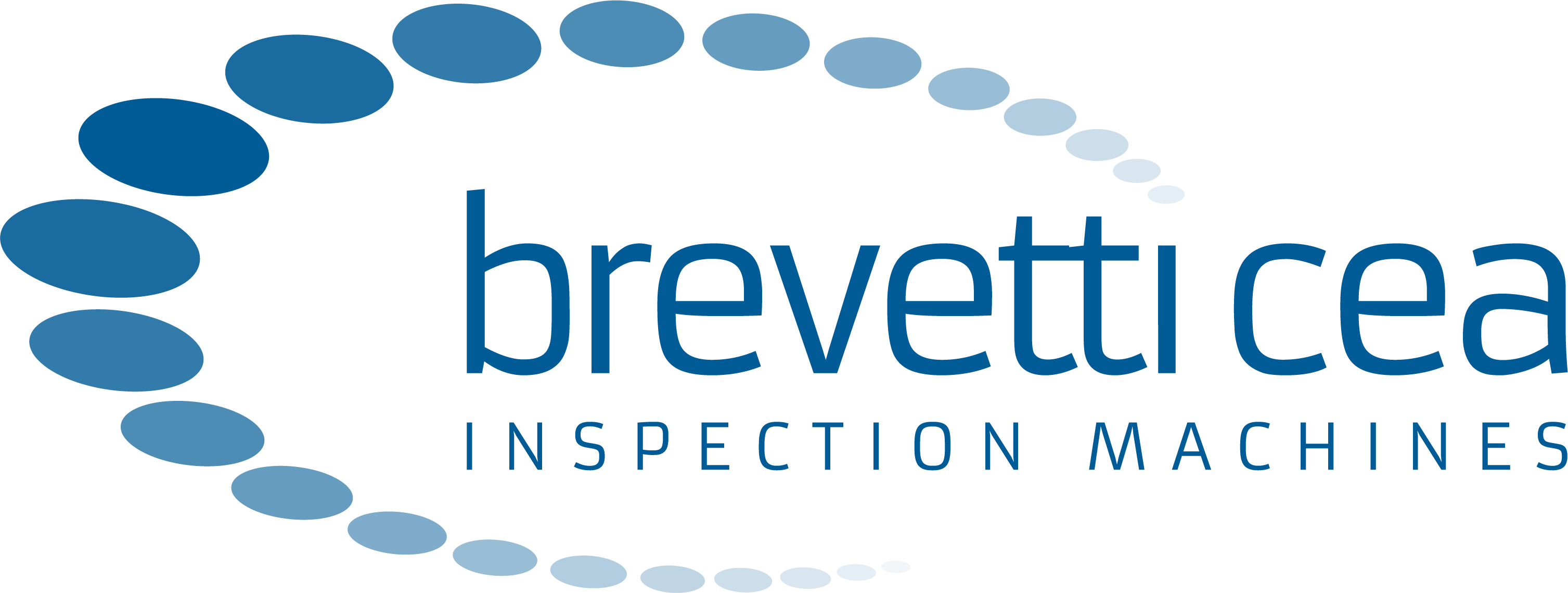




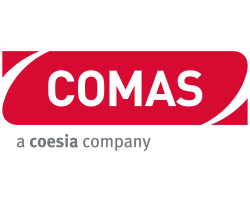


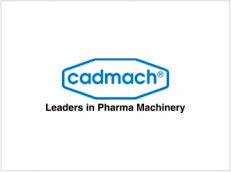


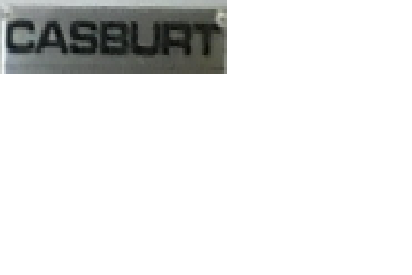
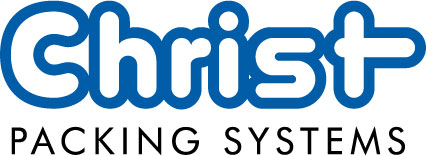


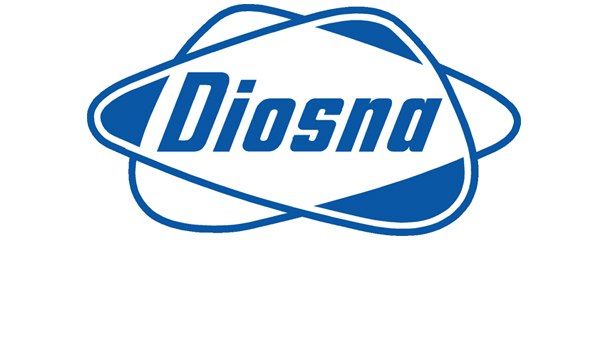
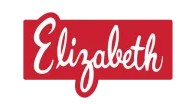


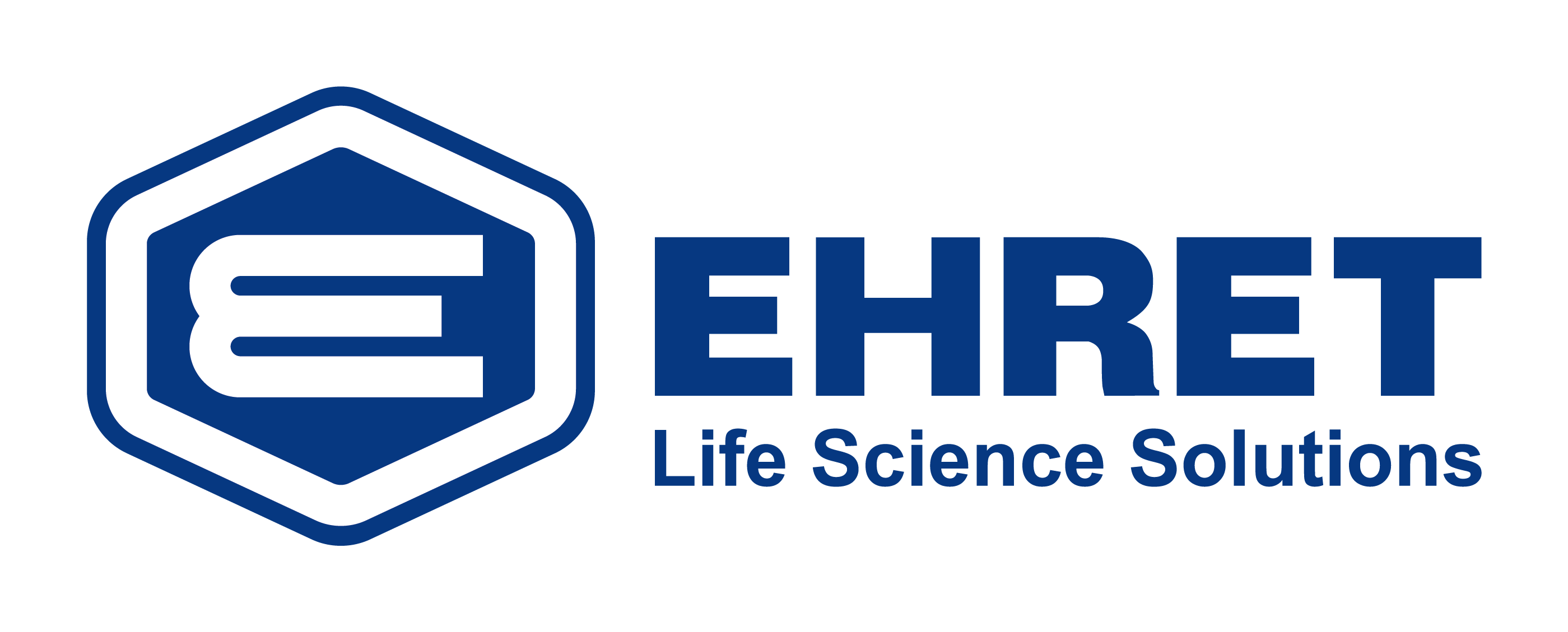
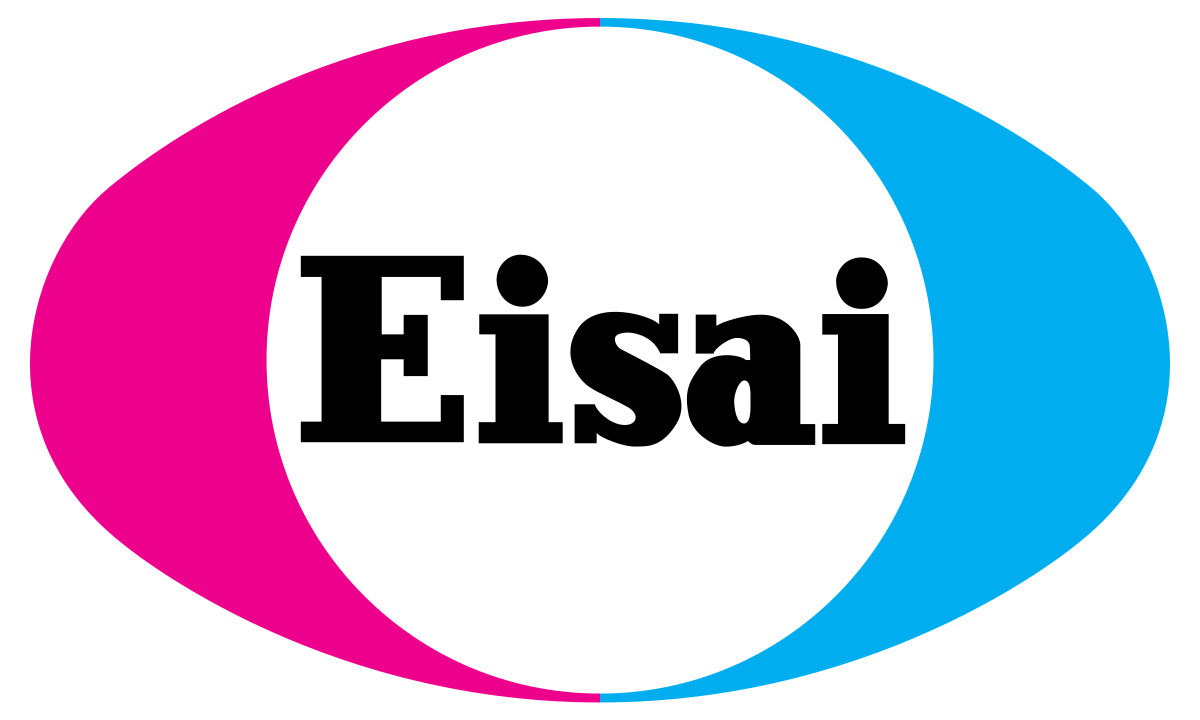



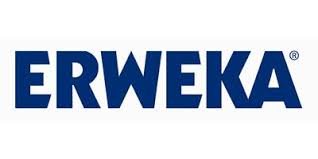
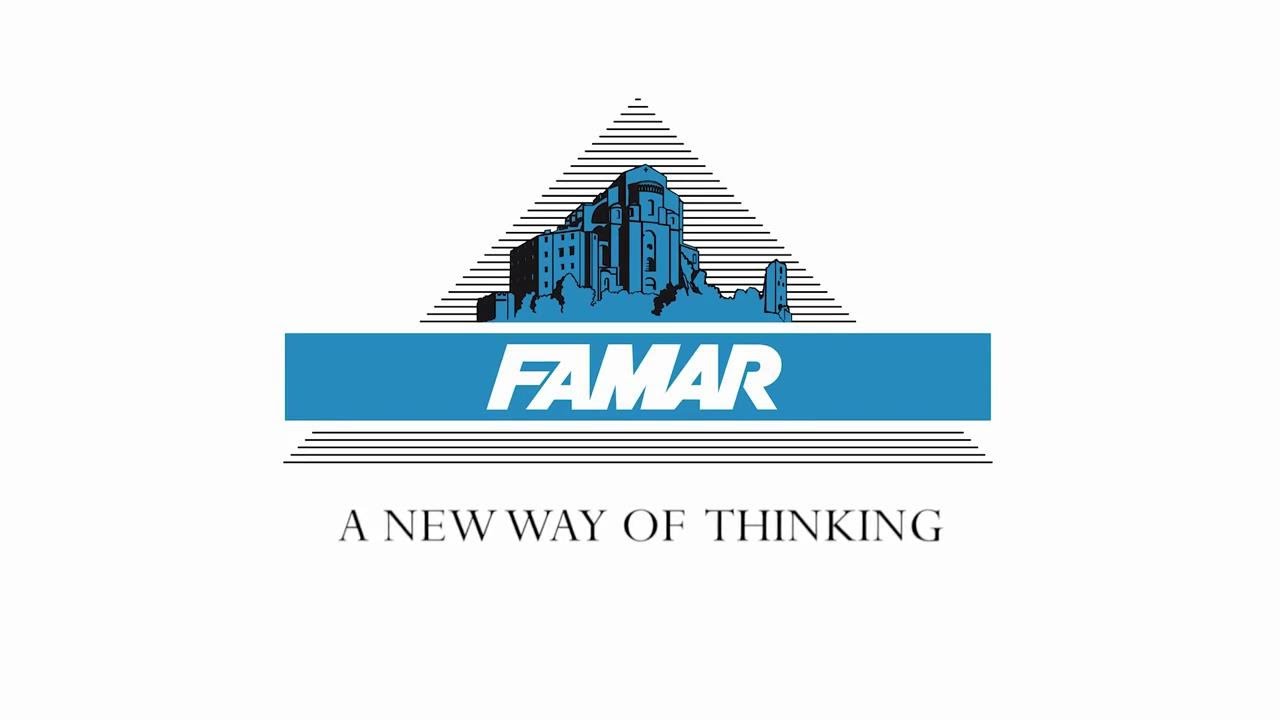
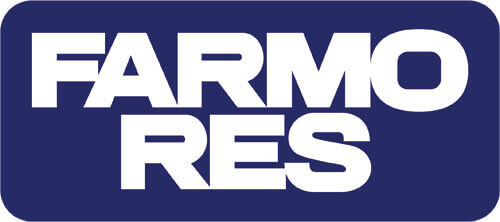

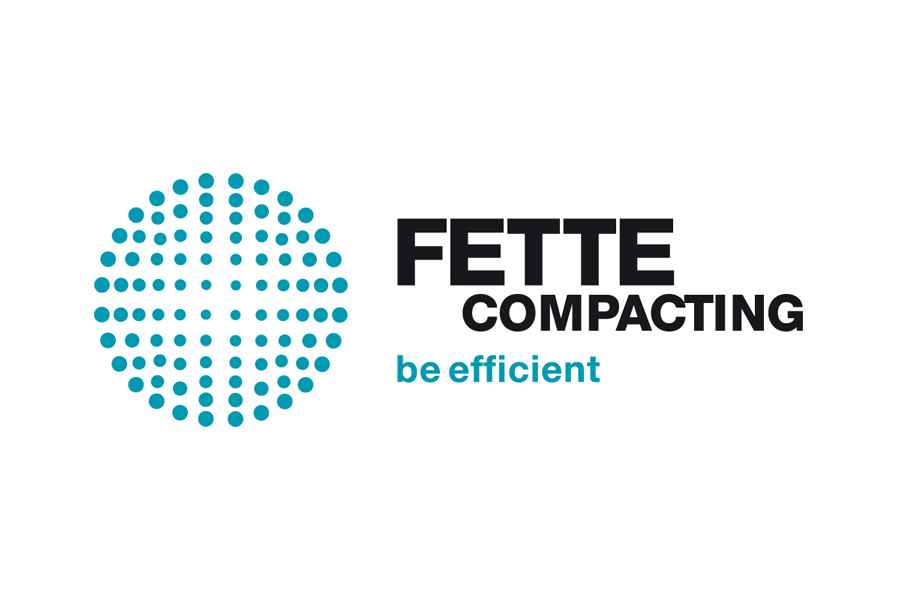



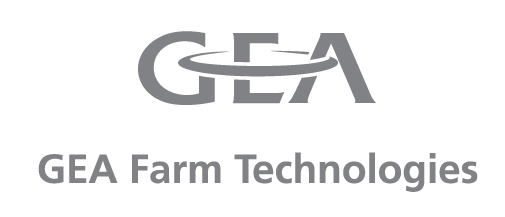
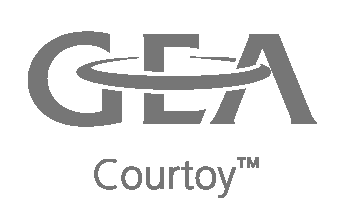


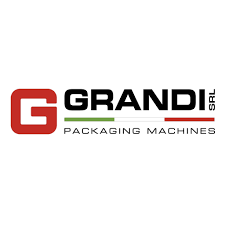
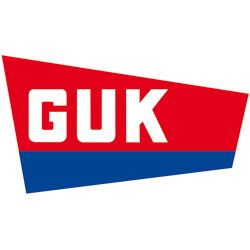
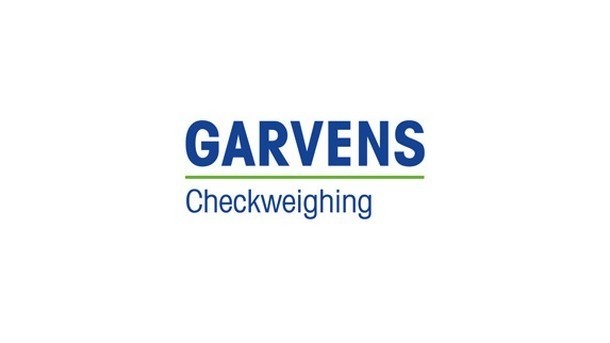
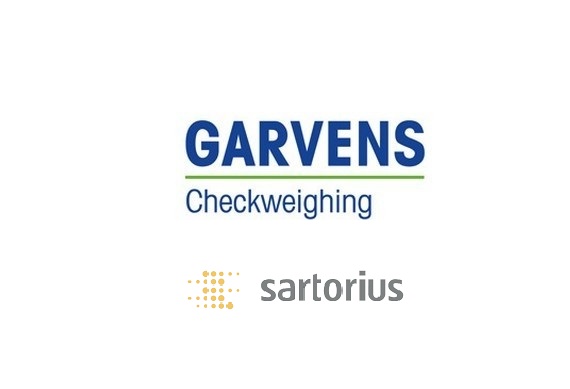
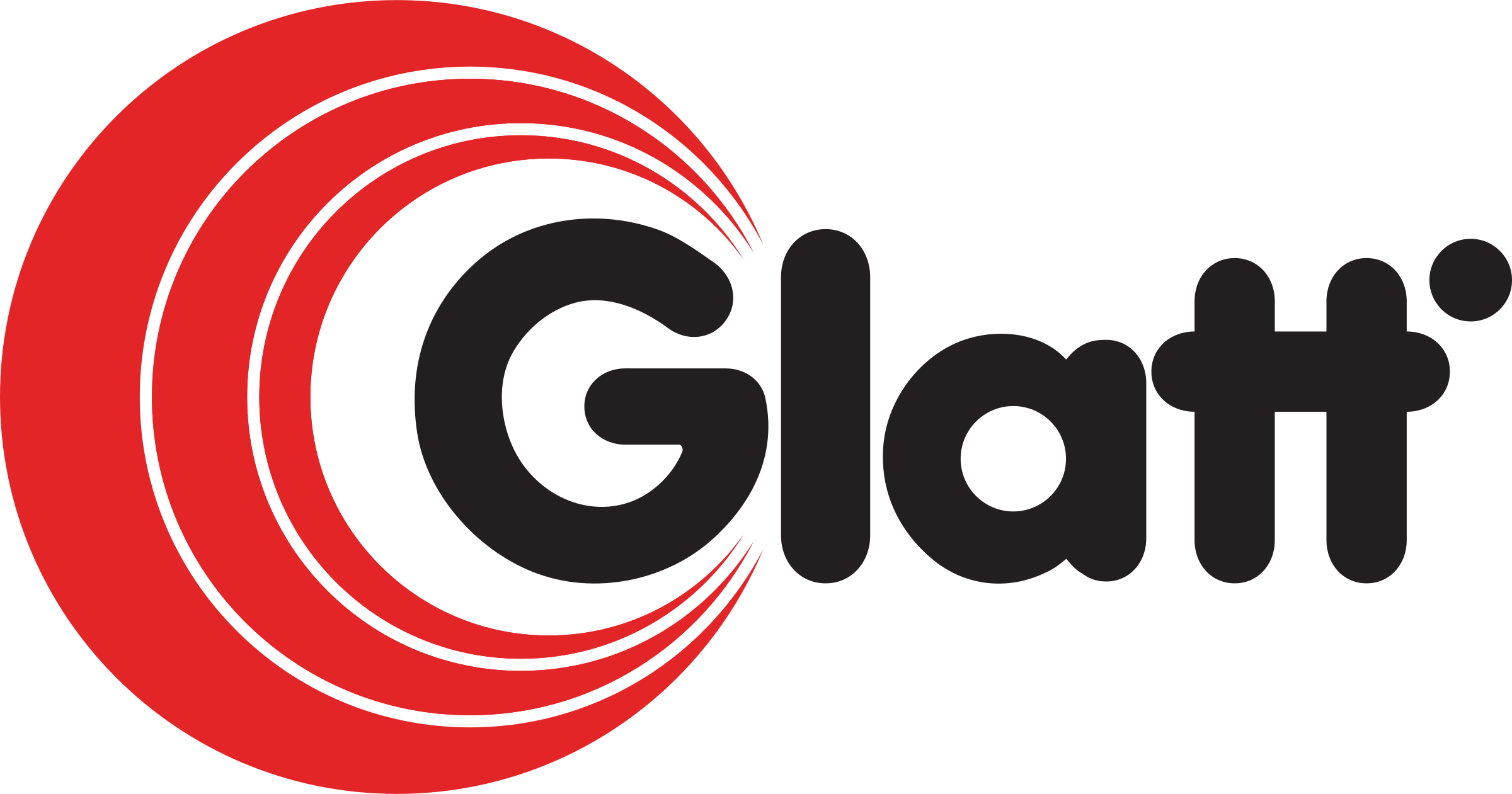


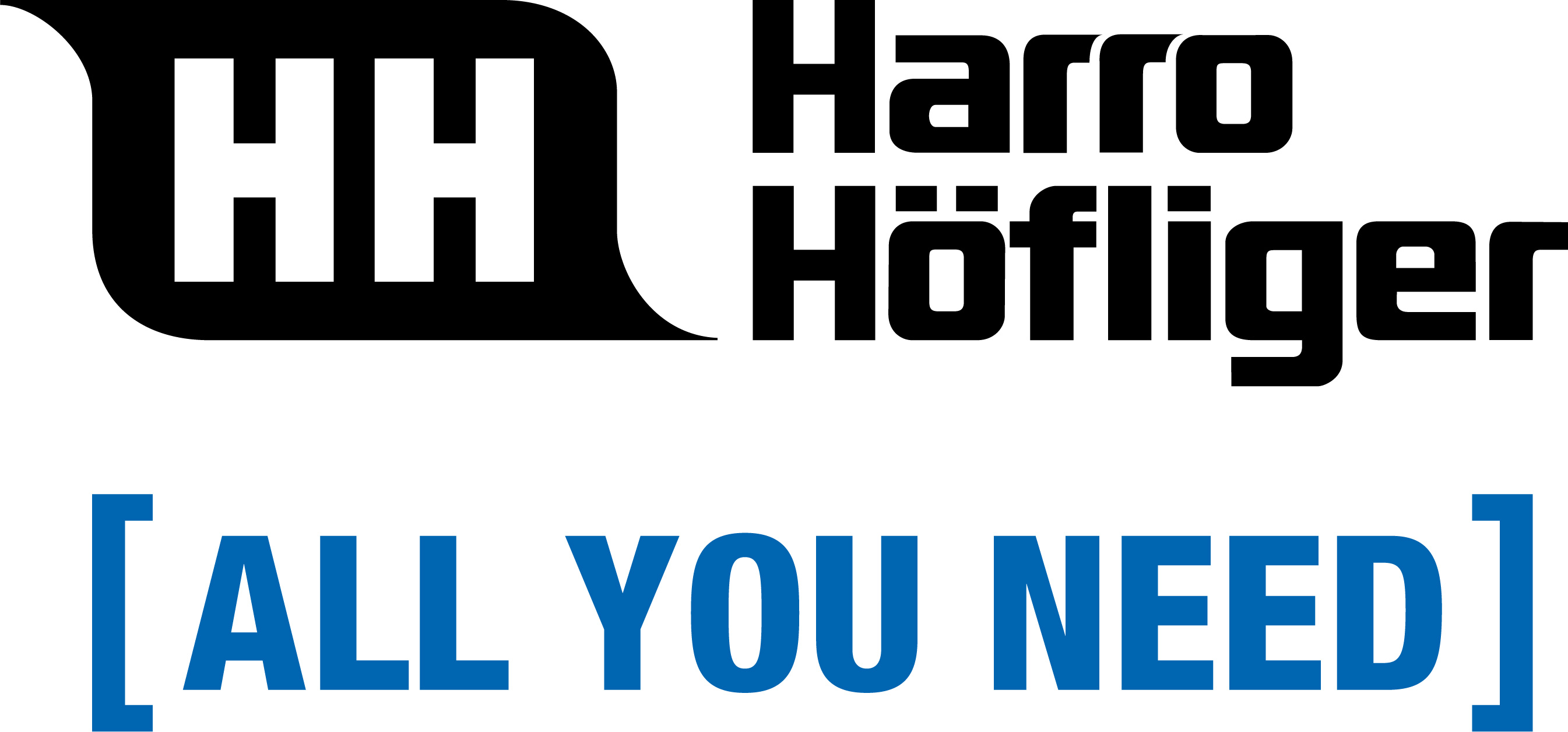


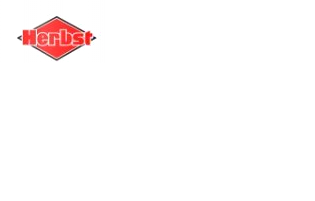







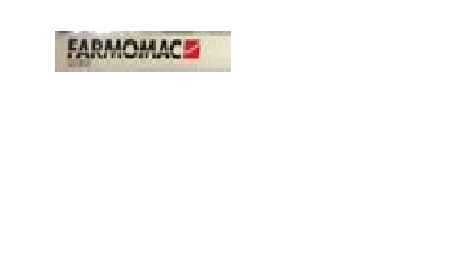


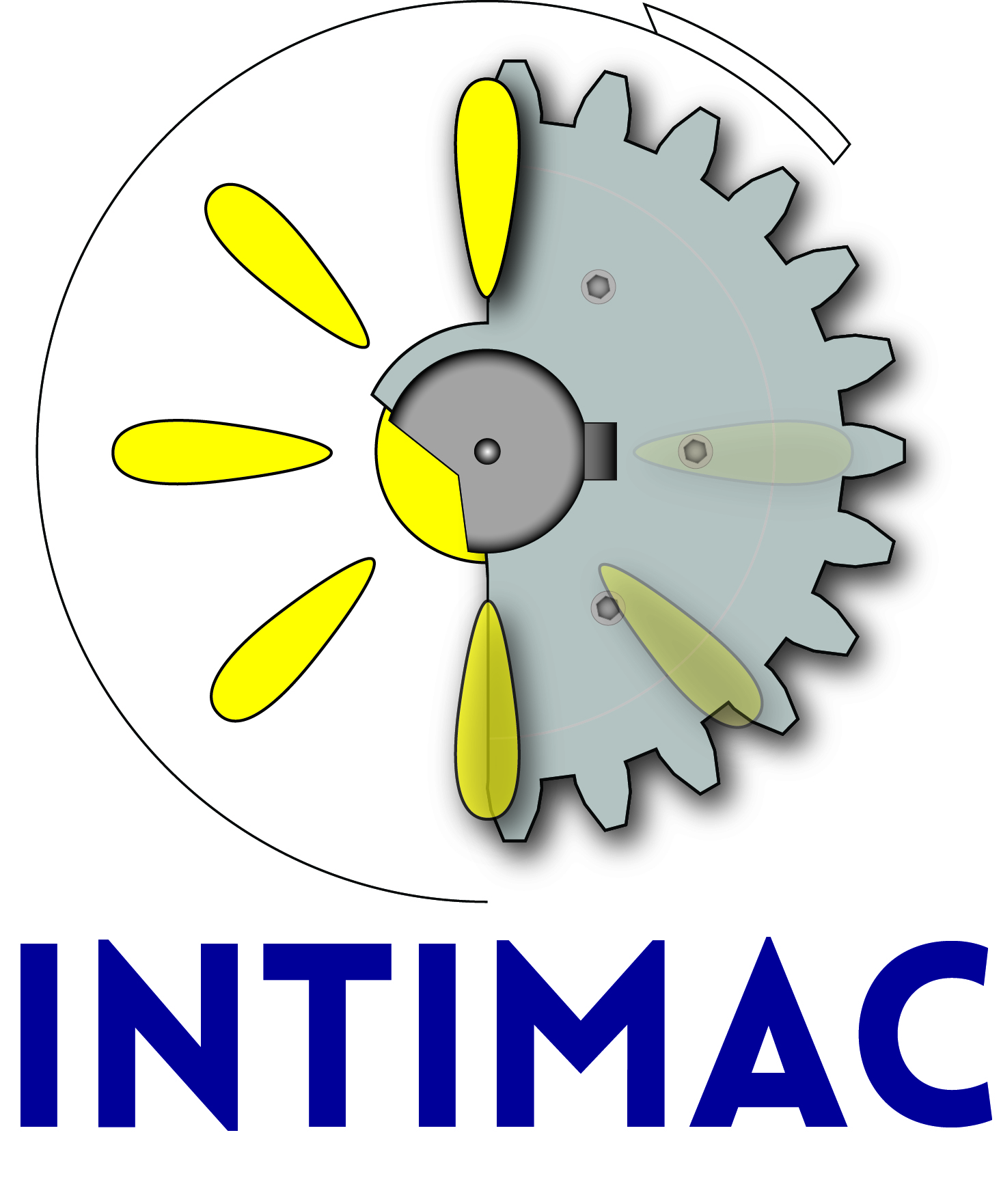
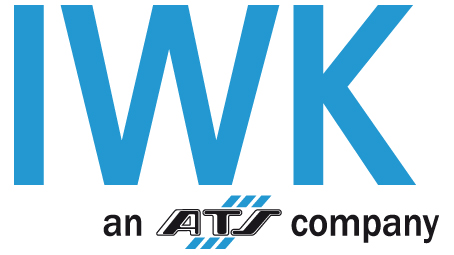

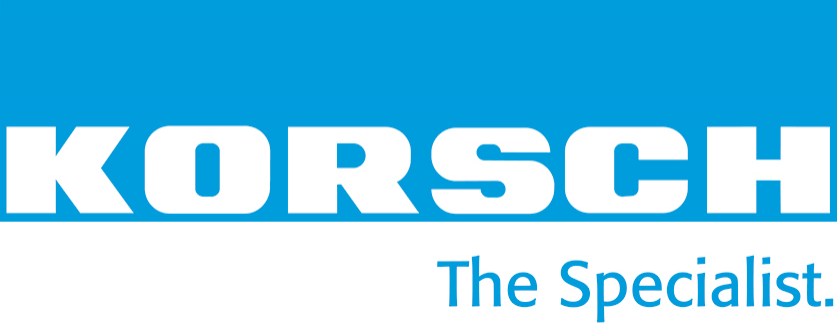
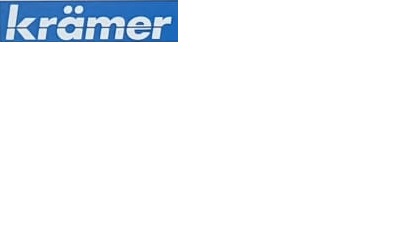
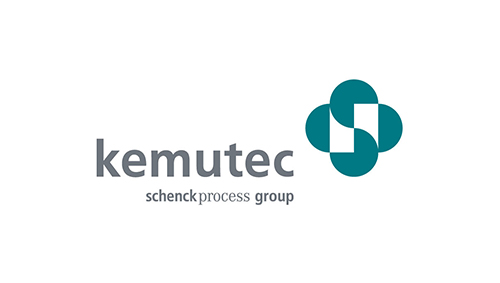
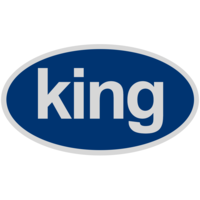
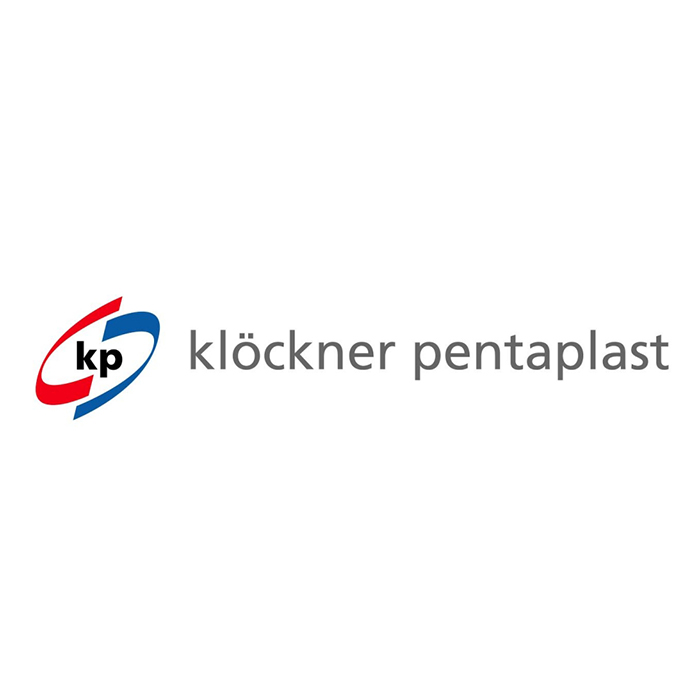
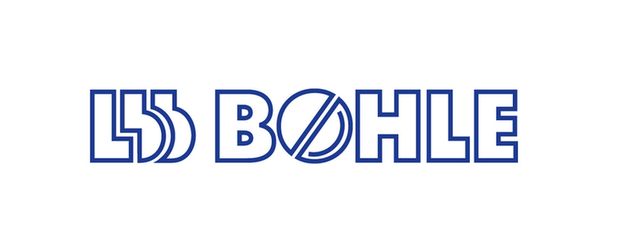
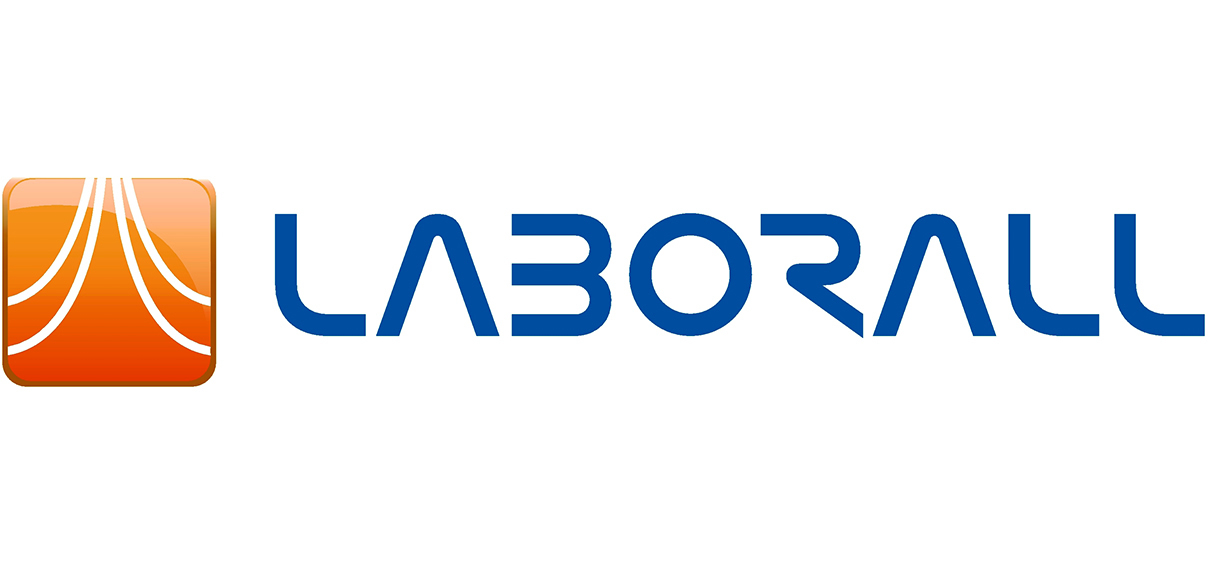


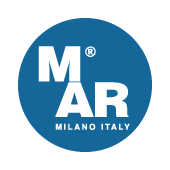




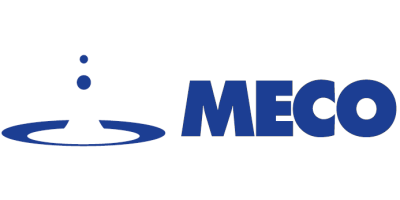
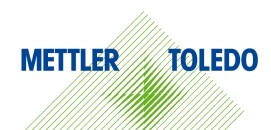

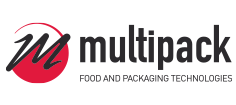
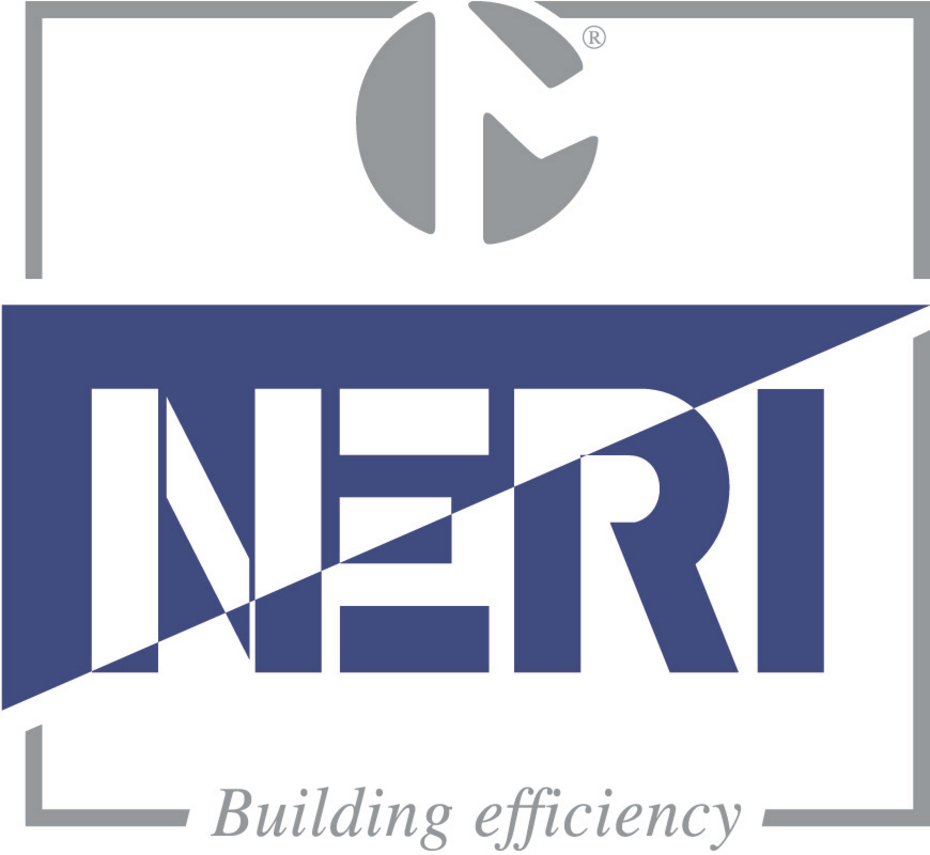


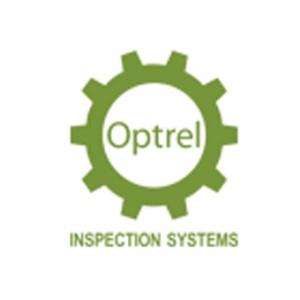
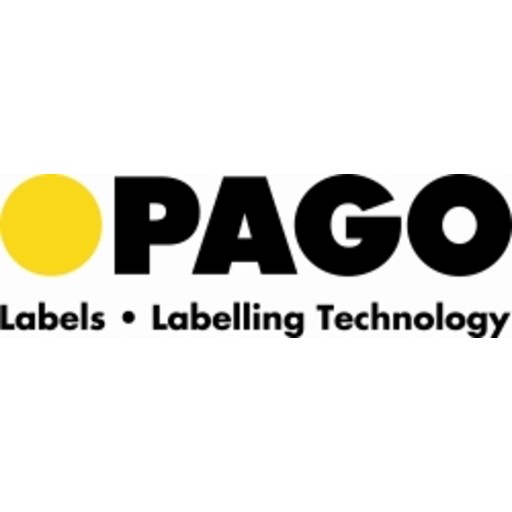
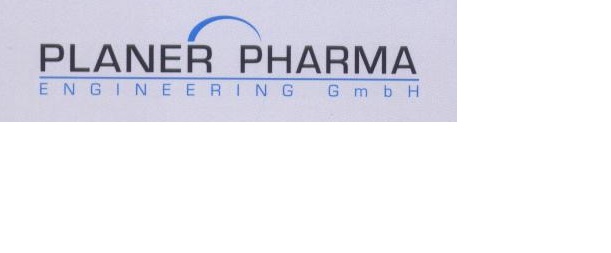
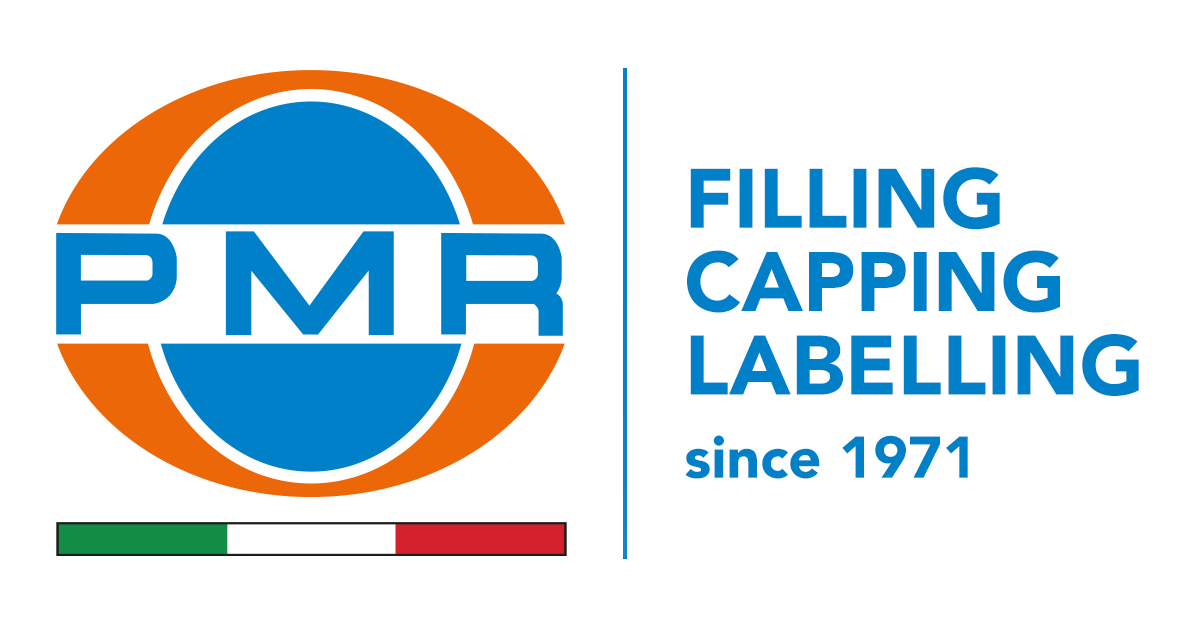

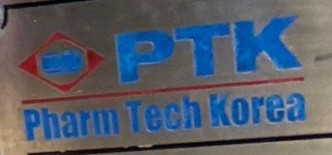
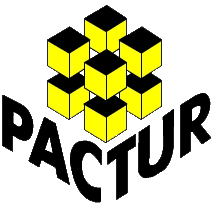


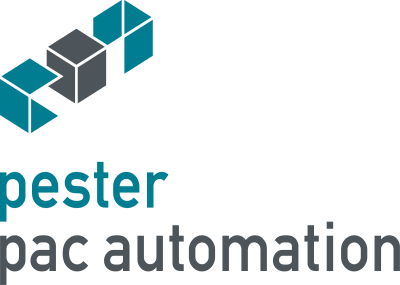
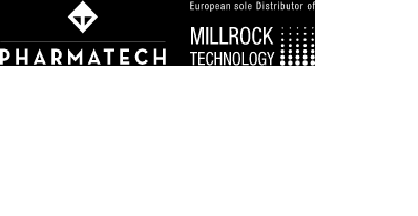

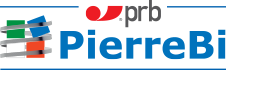

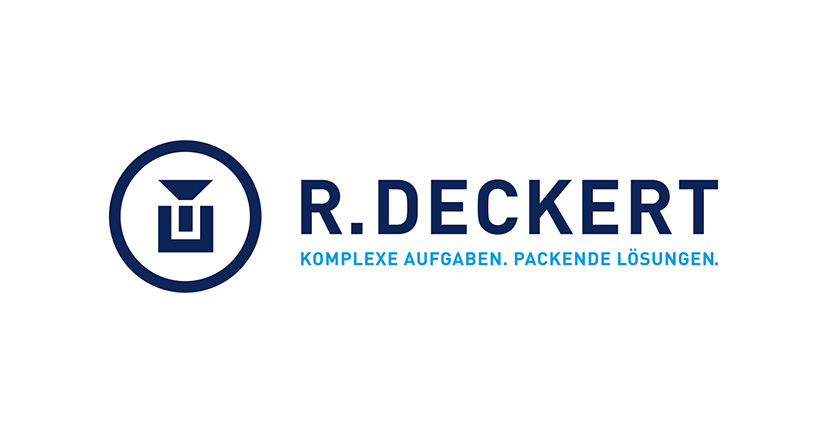
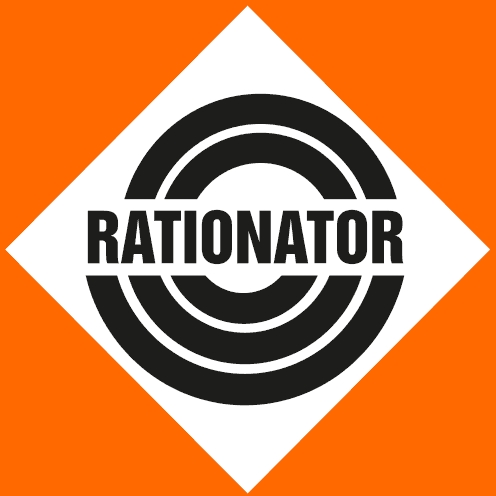






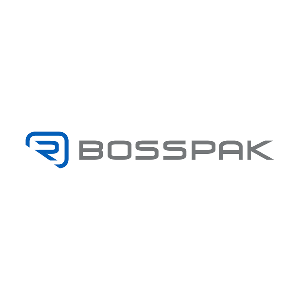
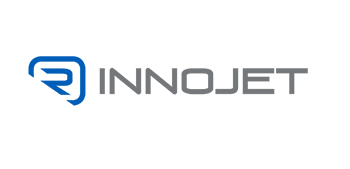
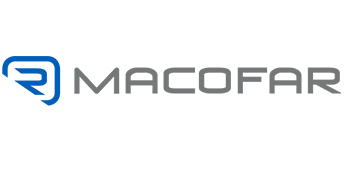

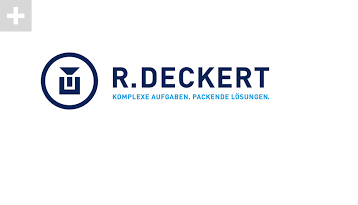

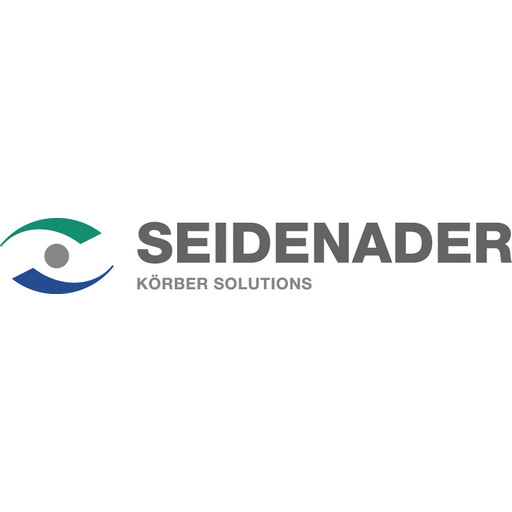


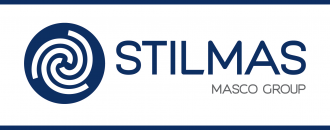




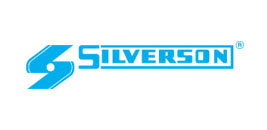



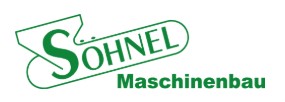

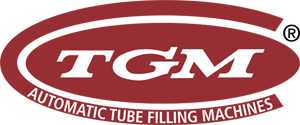








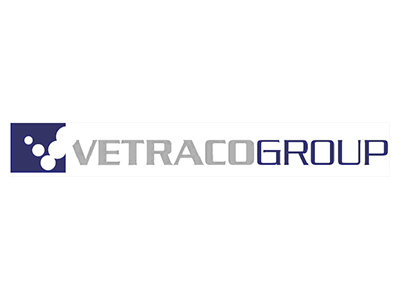

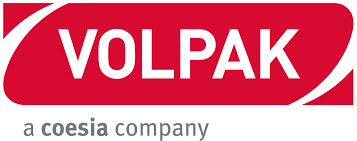
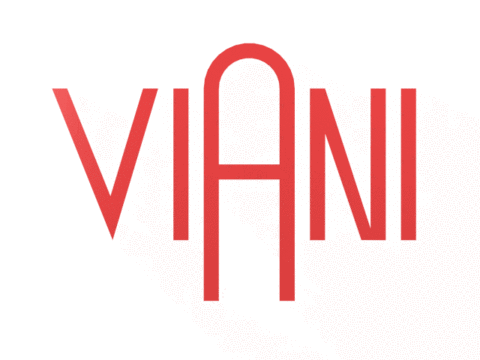
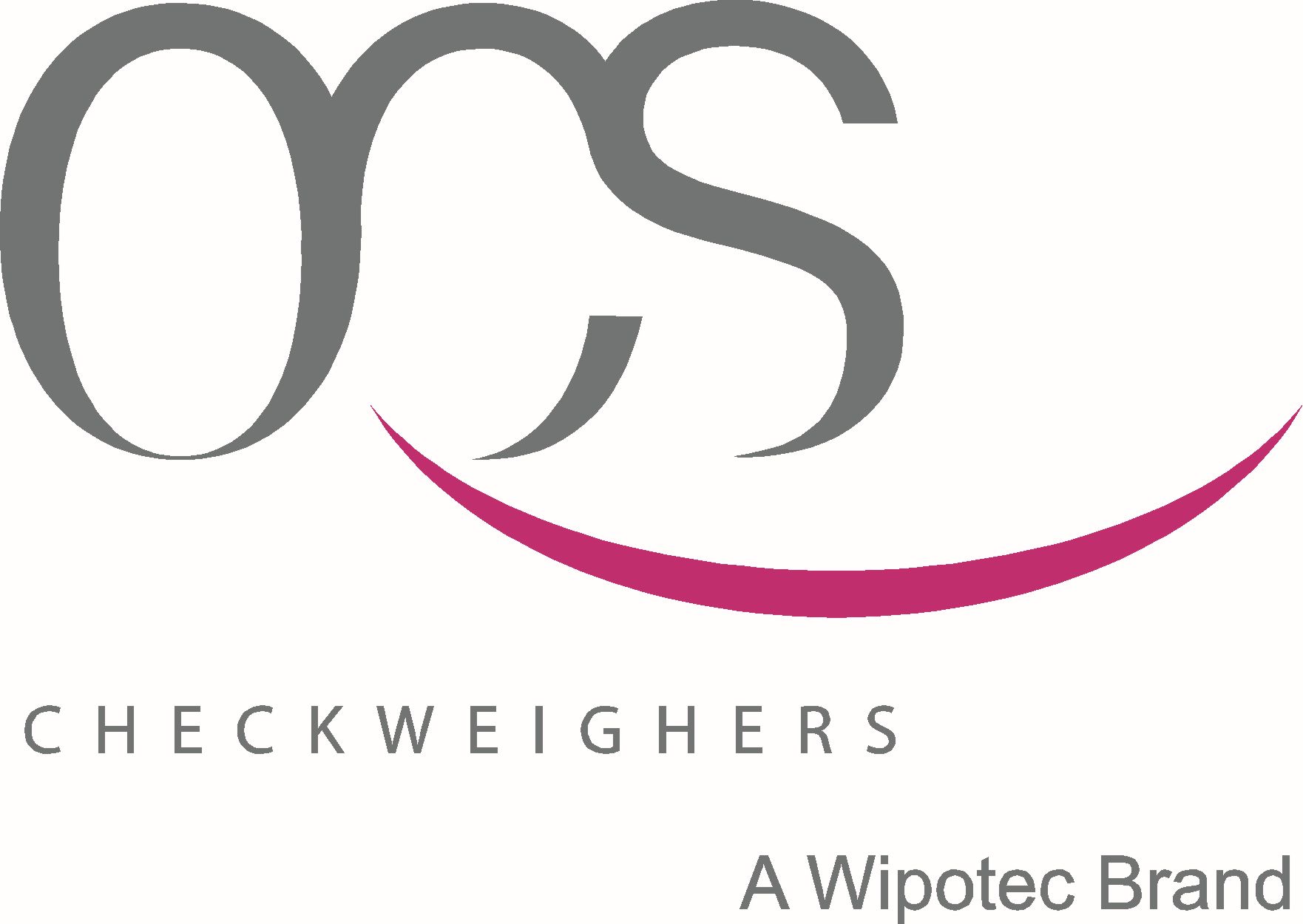

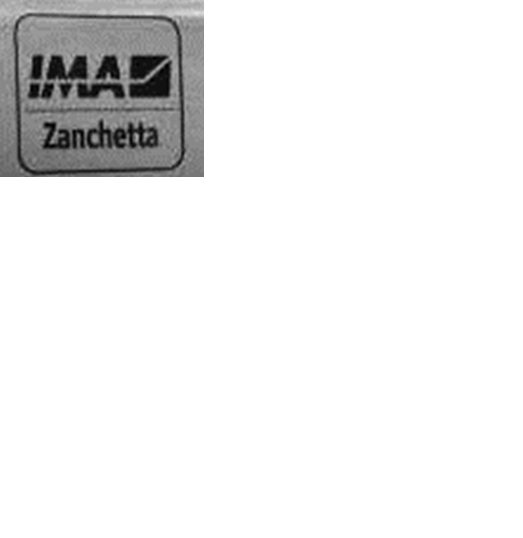

the largest integrated supplier to the world’s solid dosage pharmaceutical industry.


Laser Drilling and Printing Machines for Pharmaceutical, Nutraceutical and Confectionery Applications

Alexanderwerk
All-Fill
Angelantoni
Axomatic


For more than 50 years, the German company Bausch & Stroebel has been a specialist manufacturer of filling and packaging processes. Its lines are used worldwide to fill syringes, vials, cartridges and clinics with liquid and powdered pharmaceutical products. Within its activity there are macchiaries for the purpose of packing, filling and closing, but also for dosing and labelling. Almost all Bausch & Stroebel machines operate in sterile environments.
BCM

Italian company which operate in the pharmaceutical sector dealing with the production of machine of suppositories, tablets, fillers, cappers, counters, mixers and packaging machines.

A German company specialising in the packaging sector; in 1970 it entered the pharmaceutical sector by acquiring the company Höflinger + Karg KG.
Today, the company has more than 6,000 employees who design, manufacture and install process and packaging machines in the confectionery, food and pharmaceutical industries.
In the pharmaceutical sector, we find primary packaging machines such as compressors, for example, control machines such as inspection machines, and secondary packaging machines such as cartoning machines, case packers, filling machines, capping machines, labelling machines.
BWT AG
Bausch ATG
Beckman-Coulter
BeliMed
Binder

Bio Air

Italian company which works in the pharmaceutical sector dealing with the production of Container Closure Integrity Testing (CCIT) machines of vials and ampoules, prefilled syringes, blisters, glass and plastic bottles and others containers.

Breitner is a German company, founded in 1960 by Hans Breitner.
As far as the production of machinery is concerned, the main protagonists are filling and closing machines for liquid food, cosmetics, chemical and pharmaceutical products.
However, special attention is also paid to the design of complete filling lines.
There is also no shortage of assembly and commissioning work, spare parts and services.
Finally, the Breitner bottle unscramblers are able to process a wider range of containers of different shapes and sizes.


An Italian company also based in New Jersey, USA, Brevetti CEA Patentsfocuses on the pharmaceutical industry through the production ofstate-of-the-art inspection systems for injectable pharmaceuticals.
BREVETTI C. E. E. A. offers a complete range of automatic machinesfor the inspection of injectable pharmaceutical products contained in syringes, vials, vials, bottles, cartridges and bottles, but also a selection of semi-automatic inspection solutions.

CARIBA



Italian company which works in the pharmaceutical sector dealing with the production of washing machines, sterilisation tunnels, ampoule fillers and other machines.


CONCEPT supplies pharmaceutical companies, active ingredient manufacturers, biotech firms and hospital pharmacies with pharmaceutical technology that meets GMP standards. The focus here is on water treatment systems (WFI, purified water) and sterile technology for the production of infusion and injection solutions.


Cadmach, the market leader, specialises in the manufacture of pharmaceutical tablet compression equipment.
However, Cadmach Tablets Presses can also be used in other industries, for example to compress different materials such as salts, detergents and metals.
In addition to the pharmaceutical sector, Cadmach also attaches great importance to the confectionery, electronics and vitamins and nutraceuticals industries.


US company which works in the pharmaceutical sector dealing with the production of innovative capsules.
Capsulgel CFS


A German company founded in 1879 always concentrated on the packaging sector, producing over time individual machines, but also complete lines suitable for this purpose.
The main fields on which his work focuses are the pharmaceutical industry, cosmetics, food and non-food.
As far as its production is concerned, its cartooning machines are relevant, which can be accompanied by additional components such as labelling machines, printers or code readers. Film packaging, box packaging and bullfighting are also important.
Convel

Criofarma
DF

Italian company which works in the pharmaceutical sector dealing with the production of autoclaves of sterilization, ovens for depyrogenation and washing machines.

Diosna was founded on August 1, 1885 by Friedrich Dierks and Julius Möllmann in Osnabrücker; it still has its headquarters in Germany and presents IsernHäger GmbH & Co. KG as its subsidiary.
With 130 years of experience behind it, DIOSNA is successfully operating in two different business areas:
Machinery for the food industry and machinery for the chemical and pharmaceutical industries.
In the pharmaceutical field, Diosna focuses mainly on mixing, granulation, coating and drying processes.
ELGA

ENFLEX


Eckert&Wellmann


Created in the second immediate postwar period, Eisai is a pharmaceutical house leader at world level in the sector Research and Development with central seat in Japan.
It offers innovative products in different therapeutic areas in which there exist numerous demands, like the oncology and the neurology, in order to several necessary medicines improve the access to.

Elettracqua was founded in 1966.
The activity is mainly focused on the industrial segment, with the design and construction of plants for primary water treatment.
Elettracqua is today a leading company in the supply of pure and ultrapure systems for several high-tech industrial segments, such as the pharmaceutical industry, biotechnology applications, the manufacture of microelectronics/semiconductors, power generation, cosmetics companies.

Engelhard


Founded in 1951 in Germany, Erweka is one of the leading international manufacturers of test equipment for the pharmaceutical and biological industry, but also for research and testing laboratories and universities worldwide.
Among the various products it deals with there are testers and dissolution systems or to measure flow, friability, density, etc...


Italian company which works in the pharmaceutical sector dealing with the production of thermoforming machines for vials, bottles, syringes, suppositories and blisters.

Italian company which works in the pharmaceutical sector dealing with the production of sterilisation, washing, biodecontamination, depyrogenation, and sterility testing machines.

It is based in Schwarzenbek near Hamburg, but has subsidiaries in eleven other countries: China, Belgium, Brazil, England, France, France, India, Mexico, Singapore, Spain, United States of America.
Focusing its activity on the entire production process, its production mainly includes tablet presses, capsule filling machines, but also packaging tools, format components and process equipment.
FItzMill

US company which works in the pharmaceutical, food and chemical sector, dealing with the production of machines for making dust.
Faster
Faster S.r.l.


Swiss company which works in the pharmaceutical sector dealing with the production of machines for medical gels and for dispersion of powders in liquids.
Biacore

Italian company which works in the pharmaceutical sector dealing with the production of tablet machines and machines for fermented, lyophilized, separated and contained products.


Swedish company which works in the pharmaceutical sector dealing with the sterilization of pharmaceutical and hospital material.
GF
GIMAT

Swedish company which works in the pharmaceutical sector dealing with the production of machines to insert tablets into rigid tubes.

Italian company founded in 1970 by Renato Grandi, is specialized in the design and production of automatic packaging machines.
It specializes in the production of machinery such as: Cartoning machines, Banderuoling machines, Forming machines, Case packers, Counting and packaging lines and Packaging lines for coffee, disposable products.
Moreover, in case of particular specific requests, it produces various types of machinery such as: Tray forming machine, quality control machines for example for glasses, palletisers, lines for capsules and lines for bread and pastry.

Gabler


Gesete
La Calhène

Founded by Werner Glatt in 1954 and headquartered in Binzen, Germany, Glatt has among its subsidiaries Glatt Air Techniques Ing. and Glatt Pharmaceutical Services.
It is a market leader in refining and powder processing systems.
It offers integrated solutions: from primary production of particles, to refining, up to finished tablets and supports customers in the pharmaceutical, food, feed and fine chemicals sectors through innovative process solutions.

Founded on April 11, 1980 by Horst Groninger, the companyfocuses on designing customized machines for the pharmaceutical, cosmetic and consumer health industries.
As far as the pharmaceutical sector is concerned, the mainprotagonist is the technology for the processing of pharmaceuticalproducts in vials, syringes, cartridges and bottles for eye drops andnasal sprays; in cosmetics, on the other hand, there is a greatconcentration on body and hair care, through the production ofcreams, makeup, perfumes, fragrances,
colour care and nail polish.

German company which works in the pharmaceutical sector dealing with the production of machines for tablets, capsules, vials, ampoules, syringes, bottles and tubes.
HERMA
Hamo
HAPA

German company which works in the pharmaceutical sector dealing with the production of liquid and capsule filling machines.

Harro Höfliger develops and manufactures packaging machines, production lines and turnkey solutions.





Huber
ILINOX

ILPRA

IMA is a world leader in the design and manufacture of automatic machines for the processing and packaging of pharmaceuticals, cosmetics, food products including dairy products, tea, coffee and tobacco. The IMA Group has a sales network and representative offices in around 80 countries.
In its extensive activity, IMA develops numerous solutions for the various sectors it deals with; for example, as far as the pharmaceutical sector is concerned, it offers technologies for dosification, aseptic processing, filling and freeze-drying, as well as blistering machines, capsule and tablet counters, tube fillers, cartoners and complete end-of-line solutions.
In the food sector, on the other hand, we offer wrapping machines (e. g. for cheese, butter, margarine, margarine, etc. ), filling machines for bags, as well as filling and sealing machines for preformed cups and trays, cartoning and end-of-line solutions.
The company also offers machinery for handling, dosing, mixing, granulating or compressing powders and technologies for assembly and demolding.

IMA BFB was founded in 1974 and is part of the IMA group; it has along tradition in the design and manufacture of end-ofline and secondary packaging machines.
Its packaging machines, wrappingmachines, cartoning machines, palletisers and depalletisers cover awide range of speeds and are aimed at the following markets: confectionery, pharmaceutical, dairy and food, tea, coffee andbeverages and personal care.
In the pharmaceutical sector, for example, the company has extensiveexperience in the transfer, forming, gluing and high-precisionmovement of vials, cartons or bottles.

IMA SAFE is part of the IMA group and offers completeprimary and secondary packaging lines for the pharmaceutical, nutraceutical and cosmetic industries.
Its production covers machinery such as cartoning, filling andpackaging machines; however, IMA Safe also boasts the widest range of blister solutions on the market, from highly customized clinical studies and tray packaging solutions to high speed blister machines.

A company operating in the pharmaceutical sector that joined the IMA group in the 1980s.
IMA Libra
IMA Swiftpack

Zanasi is a company acquired in the 1980s by the IMA group, where its capsule filling machines were the first to be successful.
Thanks to its machinery, it is able to dose powders, pellets, tablets, micro-compresses and liquids into hard gelatine capsules, depending on the configuration of the machine and the dosers installed; the distinctive feature of these machines, moreover, is their ease of use, which is much appreciated.
IMPACK


IPM

German company which works in the pharmaceutical and cosmetic sector dealing with the production of filling and packaging machines.
Idroinox
Inoxycal
Ishida
Italproject
K-TRON SODER

German company founded in 1875 in Berlin and then relocated to Cologne, in 2013 joins the Romaco group. It specializes in the production of machinery for the pharmaceutical, cosmetic, food and chemical industries and its production mainly concerns tablet presses; they can be found:
- High-performance tablet presses with integrated dampening system;
- Standard turret presses;
- Single stroke laboratory machines for research and development applications.

German company which works in the pharmaceutical sector dealing with the production of tablet machines.

German company which works in the pharmaceutical and cosmetic sector dealing with the production of filling and packaging machines.



The German company is a plastics manufacturer and its products are divided into three areas of expertise: food and consumer products, pharmaceuticals and medical devices.
Klöckner Pentaplast is a global leader in rigid and flexible packaging, special solutions for films, serving, among others, the pharmaceutical, medical device, food, beverage and paper markets.
kmpt

L.B. BOHLE
LAB EQUIPMENT bioMérieux

Italian company which works in the pharmaceutical and cosmetic sector dealing with the production of turbo emulsifiers, mixer and other machines.

German company which works in the pharmaceutical sector dealing with the production of water purification machines.
LIMITEC
Lighthouse
Logopak

Founded in 1938 to Paderborn, his present position, it offerssystems and partial services of high quality for applications in several sectors in the field of the mixing, granulation, covering, dryer, reaction and correlated processes.
His activity regards principally the fields of the chemical, cosmetic, metallurgic, alimentary, pharmaceutical industry; then inside hisproduction there are above all vertical and horizontal mixers, machines for drying in contact and to fluid bed, horizontal and vertical granulators, technologies of reaction and for the coating.

Italian company which works in the pharmaceutical sector dealing with the production of liquid and powder filling and capping machines.

Founded in 1974 by Massimo Marchesini, the company is based in Italy, but can count on a vast network of foreign companies and representative offices in over 68 countries.
Entering the packaging sector, Marchesini Spa achieves considerable success thanks to its extensive production of machinery and complete packaging lines for the pharmaceutical and cosmetics industries; in fact, its activity includes machines for bottles, vials, vials, syringes and disposable capsules, blister packaging systems, rigid tubes, stick packs, strips and sachets, as well as labelling machines, packaging machines, case packers, palletizing systems, filling and capping machines for vials.
In addition, robotic feeding solutions are also integrated.
Mear

The Italian company MG2, founded between the 60's and 70's, specializes in the years in the pharmaceutical, cosmetic and food sectors, bringing its activity from the beginning to an international level.
In 1997, after 30 years of activity focused on the field of filler capsules, MG2 decided to expand its range of products to the packaging sector, thus acquiring greater expertise in the design of packaging machines, such as: blistering machines, cartoning machines, forming and filling machines for boxes and trays, vertical and horizontal cartoning machines, palletizers, serialization systems for bundles, bottles and cartons.

MHT Machinery

Manesty, a pharmaceutical company, is now one of the leading suppliers of tablet presses and coating machines.
In 2011 Bosch acquired Manesty Ltd from OYSTAR Holding GmbH.
Matrix

Mengibar

Product Inspection Equipment
For Quality Control and Contamination Detection Processes
Millipore

Muller

Multipack is a company able to provide simple and competitive solutions in all areas of packaging, a sector in which it has been operating since 1985, packaging, labelling and packaging products: from bakery products to electronic components, from explosives to frozen foods.
It specializes in the agri-food field and within its production there are packaging machines for shrink film
Horizontal and vertical packaging machines, automatic labelling machines and printers/applicators/software for labels, Barcode solutions, inkjet and carton markers, dispensers, scales, weight control systems, metal detectors, handling systems, roller conveyors, automatic conveyor belts and taping machines, pallet wrappers, shrinkwrappers.
Multivac
NUOVA OSAR

The company started his activity neglianni in the 70’s in Florence with a production principally destined to washing machines and sterilisation machines for bottles.
Nowadays Neri is specialised in the production of labelling machines with different structures used on a wide gamma of products and lines: phials, cardboard, manufactures of bottles, mascara, lipstick and cosmetic containers in a wide variedness of shapes and dimensions, for middle and high speeds.
Neri's acquisition from the Group Marchesini, was formalised and made official in 2008.

Founded in 1977, the Italian company Nicomac is the market leader in modular cleanroom systems for the GMP environment and for the pharmaceutical, healthcare and life sciences industries.
In addition to the design and manufacture of clean rooms, his business also includes a large production of filming and Coating systems, mixers and granulators, fluidbed dryers, calibrating mills, compressors and isolators.
Nikka Densok
Novinox
O.ZA.F
O'Hara
OLI

OMAR


Since 1950 Pago has been operating in the development, production and sale of automatic labelling machines, labellingsystems, label printing software and network solutions. It producesand markets high quality decorative, self-adhesive labels.
These labels are intended, for example, for bottles and bottles, diversified into decorative, multifunctional and informative self-adhesive labels.
PALL
PALMA


Italian company which works in the pharmaceutical sector dealing with the production of filling, capping and labeling machines.



Panasonic Healthcare

At the end of the 50s began Partena to experiment with the forming of plastic materials for pharmaceutical packaging, PARTENA is part of the CAM group, for which it produces blistering machines.
Main packaging machines are tablets and capsules, vials and syringes.

PennTech Machinery Corporation was founded in 1992.
Today PennTech is the only brand in the United States to produce complete lines for aseptic processing of vials and its specialty is the application at low or medium speed (less than 200vpm), although it also offers many machines that exceed 400vpm.
Its activity is mainly focused on the production of Washers for vials, tunnel loaders, depyrogenation tunnels, aseptic fillers, capping machines, external vial washers, lyophilizer loading equipment, trayloaders, peripheral equipment.

In 1888 Emil Pester founded it in Saxony (Germany) under the name of Emil Pester Platinenfabrik, which, after his death, was taken over by his son Karl Hermann Pester.
It developed considerably in the 90s and in 2005 presented a new generation of machines according to the model of the modular design, with the introduction of the "Pac Robot";.
In the following years, Pester came into contact with the biotechnology and cosmetics sectors.
For over 45 years, he has been setting trends in end-of-line pharmaceutical and cosmetic packaging, from film wrapping to box packaging and palletizing.
Today, pester pac automation is one of the leading companies in the sector. More than 8,000 Pester machines and lines are demonstrating their intelligence every day at multinationals around the world.

Pharmatech has extraordinary experience in the design, construction and validation of projects of any size and type in the pharmaceutical, biotechnology and healthcare sectors.
Within its production you can find search dryers, LyoPro advanced tray freezing dryers, freeze dryer accessories, fermenters and bioreactors, clean rooms.
Ponzini


Prb is an Italian company that produces, assembles and sells end-of-line automatic packaging machines.
Its activity concerns the production of case packers, wrappers, palletisers and accumulators, aimed at the food and beverage sectors, but also at the packaging of candies and tobacco.

Prodima

German company which works in the pharmaceutical sector dealing with the production of filling, capping and labeling machines.


The company RBP Bauer, is, for more than 35 years, market leader in the construction of deblistering machines, thus aimed at the mechanical emptying of pharmaceutical blisters.
This process leads to the production of machines that allow an effective and reliable recovery of the product from defective blister belts.
It is part of the Italian group Sph Group s. r. l.

Romaco Pharmatechnik presents as its subsidiaries Romaco S. r. l. , Romaco Innojet GmbH, medipac AB, Romaco North America Inc.
Founded in 1989, it develops, manufactures and markets in the pharmaceutical industry and among the machines treated there are granulators, machinery for packaging, coating and filling of tubes for tablets, but also blisterers, cartoners, liquid fillers, powder dispensers as well as presses for tablets and end-of-line equipment.

Rommelag was founded in 1964 and is based in Buchs.
Thanks to its machines, the company is a world leader in the aseptic filling of liquids and semi-solids.
The plants work with the blow-fill-seal (BFS) technology invented by Rommelag: this is a process that in a single work cycle allows the sterile creation, aseptic filling and hermetic sealing of plastic containers.
Its machinery is mainly intended for the pharmaceutical, chemical and food industries.

Italian company which works in the pharmaceutical sector dealing with the production of packaging machines
RS Pack

Riebsam




Romaco Macofar is a company specialized in the pharmaceutical andcosmetic sector and pays particular attention to the dosing and filling of liquids, powders and pharmaceutical granules.
Moreover, as far as the pharmaceutical sector is concerned, its machinery is suitable for both human medicine and veterinari medicine.
In its activity it offers solutions such as: Machines for aseptic and non-aseptic filling of liquids and powders, Cap filling machines, Washingequipment for bottles and vials, Depyrogenation tunnel for bottlesand vials, Capping machines, Laminar flow concepts.

German company which works in the pharmaceutical sector dealing with the production of blister machines.
Rotary

R. Deckert is a German company that concentrates its activity in the pharmaceutical and cosmetic sector.
Its production concerns the filling and packaging of liquids, pastes or tablets and capsules, as well as capping and labelling.
Therefore, among the machines produced, there are prevalent capping, filling and labelling machines for liquids and tablets.

Italian company which works in the pharmaceutical sector dealing with the production of suppositories machines.

German company which works in the pharmaceutical sector dealing with the production of inspection machines


Skinetta Pac-Systeme specialises in the packaging, through a line of machinery own of the sector, and in 2007 it is acquired by the German company Christ Packing Systems GmbH & Co.
SMEG

Stilmas is part of the Group Masco and develops complex projects and of wide breath leading to fruit over 60 years of experience in the carrying out of systems complete of generation, storage and distribution of Systems of Clean Utilities (Purified Water, It Waters for Injection, Clean Vapour) for the pharmaceutical and biotechnological industry .
The generators of pure vapor Stilmas are able to solve any problem of sterilization of pharmaceutical equipment and process lines.

The Sartorius Group is one of the leading international partners in the biopharmaceutical and research industries, helping scientists and biotechnology engineers around the world to develop and manufacture drugs.
It focuses mainly on the biopharmaceutical, chemical, food and beverage industries.
From consumables and laboratory water purification systems to industry-leading weighing technology, its solutions also include liquid handling, fermentation, filtration and fluid management.
Schedio

Schmucker S.r.l.
Schubert-Pharma
Schuberth
Seefried
Sejong

Setpack



Steril Germany

Founded in 1989 in the lake of Como (Italy), Steriline is a producerat European level that is specialised in lines for the aseptic processing of injectable products in favour of the pharmaceuticalsector.
Particularly it concentrates on the mechanical and robotic applications for the aseptic processing of toxic or not toxic products, liquid or powders, in vials, ampoules, cartridges or syringes.
The main products are Washing Machines, Depyrogenation Tunnels, Filling and Capping Machines, but also External Decontamination Machines and barrier systems such as LAF, oRABS, cRABS and Isolators.
STIWA




For more than 30 years TGM is an Italian company which plans and produces machines automatic fillers for the refilling and the corking of the pipes in aluminum, polyethylene, polystyrene or rolled sections and astucciatrici you alternate to alternate or continuous movement.
Fillers to pipe can be used for filling products, for example pipes in cardboard, but also to bottles, phials, cartridges, syringes and dispenser. Single machines or complete refilling lines for the cosmetic, pharmaceutical, chemical and alimentary industry.


The company has been an integral part of the Marchesini Group since1996.
Already operating in the world of packaging machines, Tonazzi hasalso developed a complementary range of automatic machines aimedat filling and closing vases, mascara and lipsticks at low, medium andhigh speed, but also for filling tubes and counting tablets, pills and capsules.
Therefore, the sectors on which the company focuses are thepharmaceutical and cosmetic sectors.

Tekno Convey

Tenco is able to produce equipment and solutions for the food and beverage, cosmetics, pharmaceutical and chemical industries, as well as automation solutions for integration into industrial production lines.
Thermo Scientific
ThermoTEC


The German company Uhlmann was founded in 1948.
He developed and designed his first machine in 1956: a strip machine.
In 1963 his son Friedrich joined the company and the first packaging machines for the pharmaceutical industry were built.
In the 1970s, the UPS series of blistering machines was born, and they are still today flexible and versatile machines that are appreciated all over the world.
In the 1980s, Uhlmann also began to build cartoning machines to combine them with their blistering machines.
Today, the company offers ever faster and more compact blistering and cartoning machines.
Uhlmann is one of the largest producers of packaging machines for the pharmaceutical and nutraceutical industries.



Vetraco plans, realizes and supplies machinery for the production, the production and the assemblage of products of stained cosmetic one for more than 40 years.
Still with the time it has been dedicated also to the application parapharmaceutical in the sectors, reagents for clinical tests, in the assemblage of cosmetic packaging, of mechanical and electric components, in the automotive.
It offers lines on measure, the prototype up to the line of automatic production.


Volpak was founded in 1979 in Barcelona, Spain, as a manufacturer of horizontal form-fill-seal packaging machines (also known as HFFS) for the pharmaceutical and food industries.
10 years later, it began to produce vertical packaging machines. In 1995 Volpak was the first company to develop a complete line consisting of a sachet machine, a cartoning machine and a case packer.
In 2001 Volpak acquired Enflex, a world-renowned Spanish manufacturer of horizontal packaging machines.
Today Volpak is one of the world's leaders and offers a wide range of HFFS bagging machines for the pharmaceutical, food, nutraceutical, cosmetic, beverage, personal care, etc. industries.
It is also part of COESIA, a group of industrial companies specializing in packaging solutions, which includes more than 9,000 employees, 21 companies and 87 manufacturing plants in 38 countries.

Watson-Marlow
Wima


Founded in the 1930s by André Zalkin in Paris, the company is still based in France.
Zalkin specialises in the design, manufacture and commissioning of custom-made capping machines at a wide variety of speeds and for various industrial sectors such as the still and carbonated beverage industry, the company's core business, as well as the food, cosmetics, pharmaceuticals and chemicals industries.

Zanchetta, a company active in the production of machines for the handling and granulation of pharmaceutical powders, joined the IMA group in 2007.
Z Molkom
Zweckform
enercon
kmpt
TECNinox


